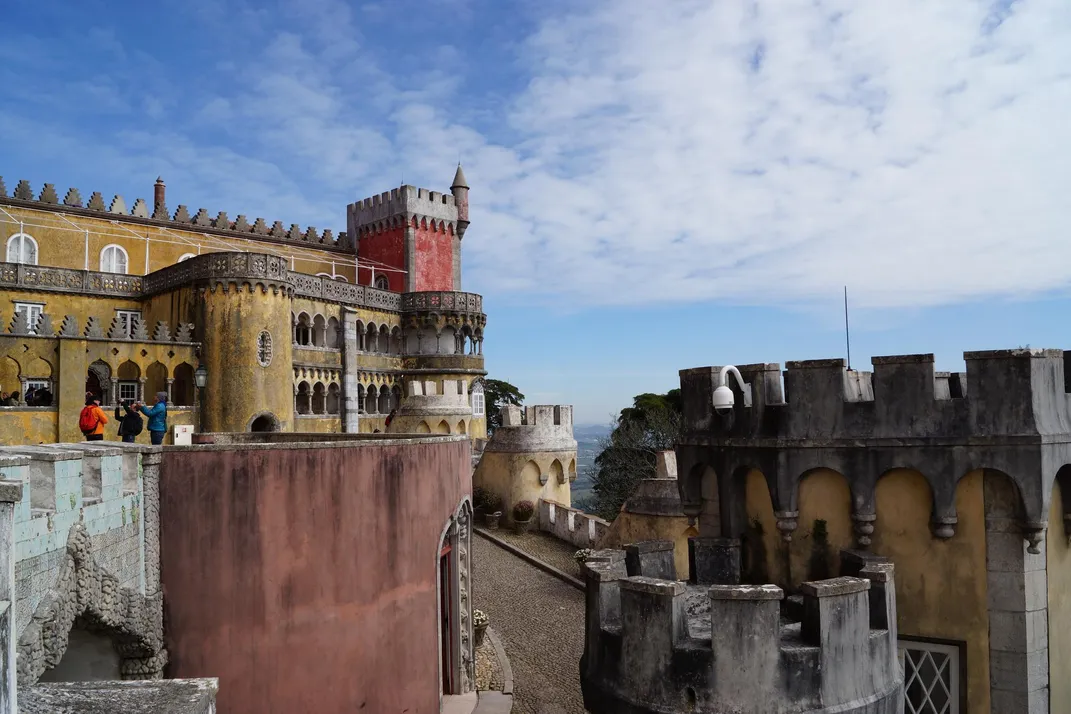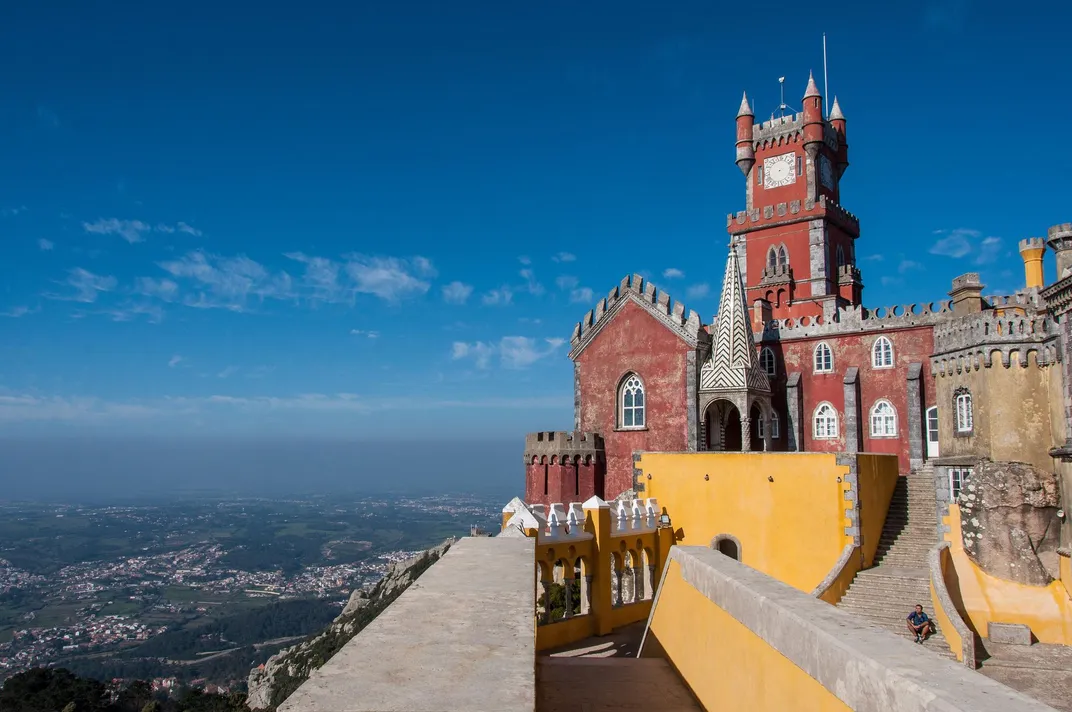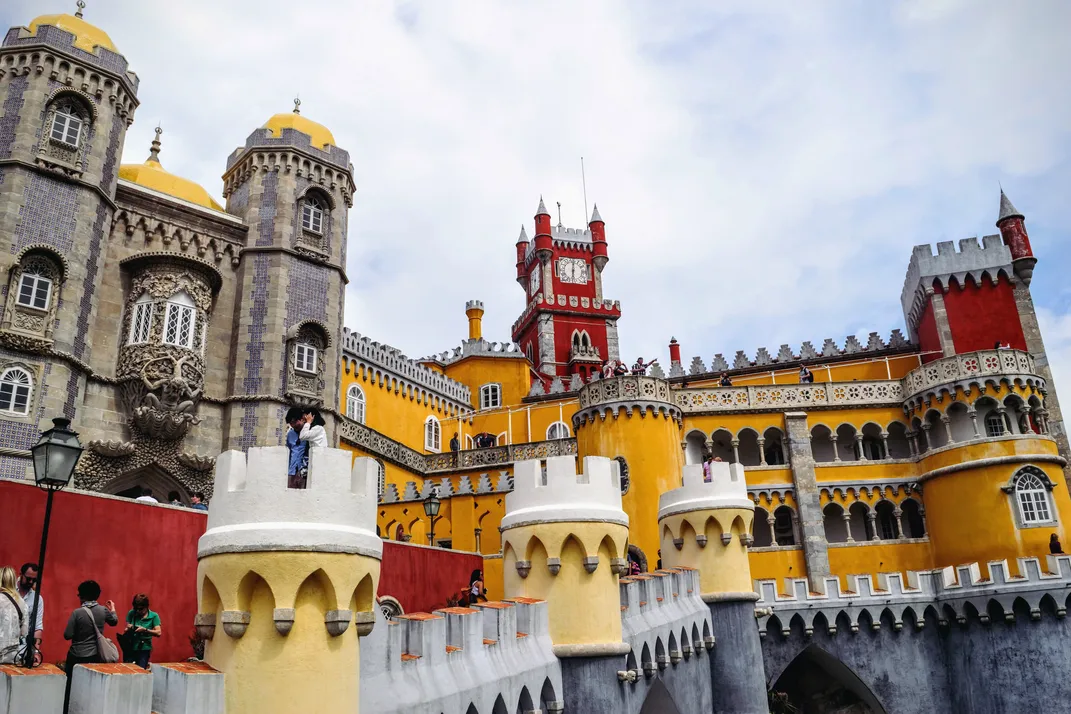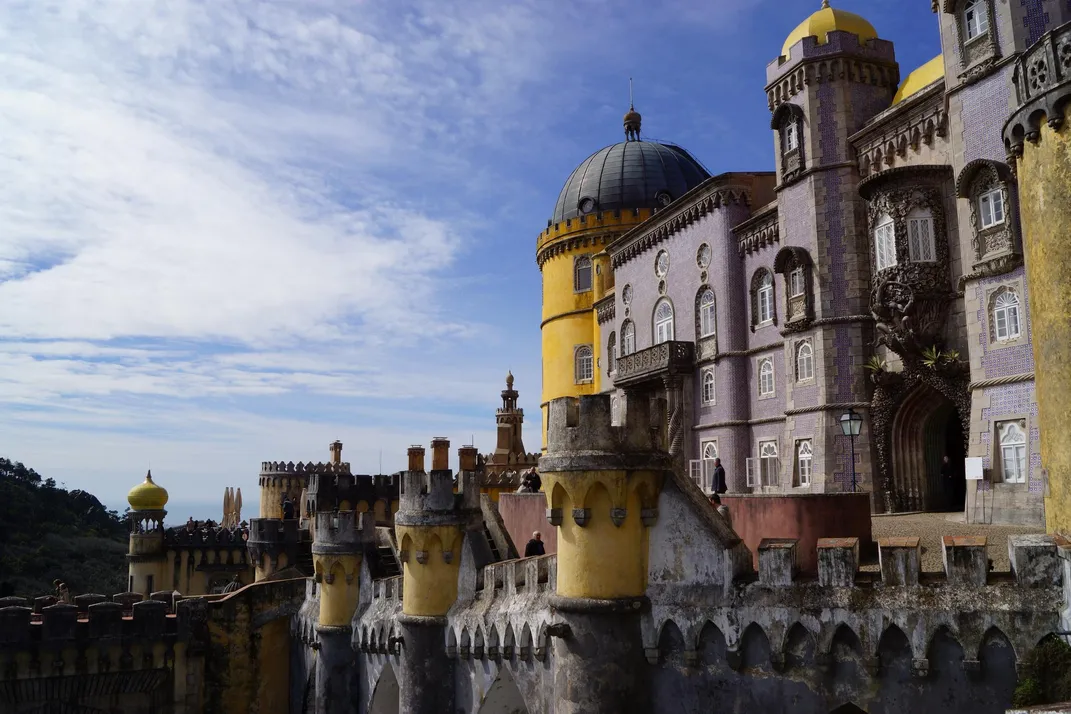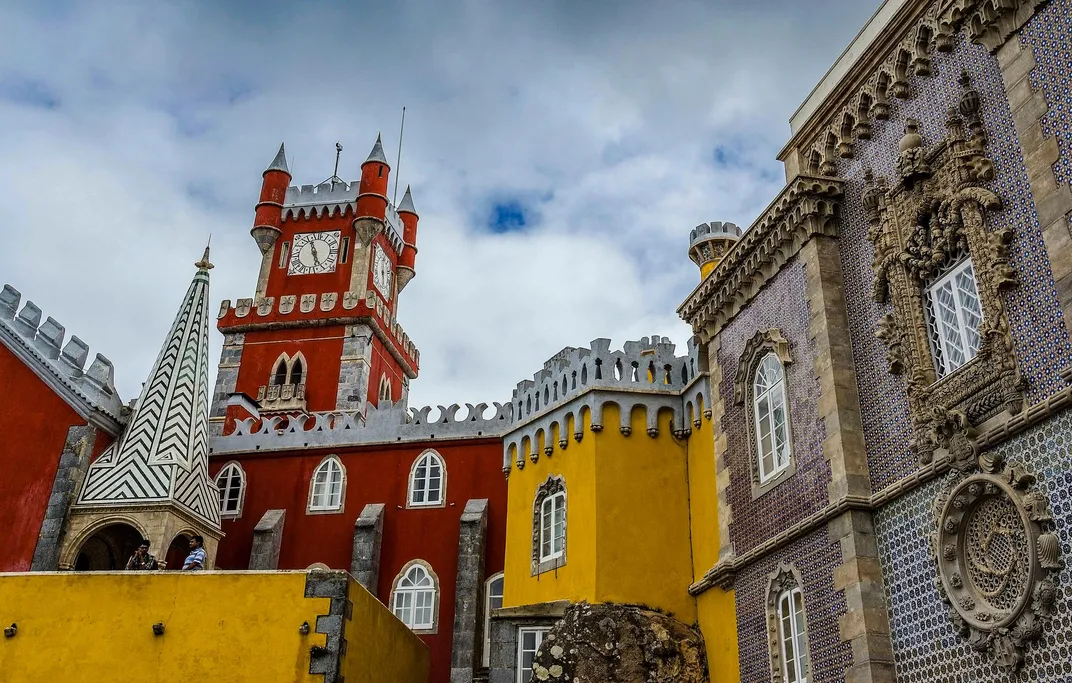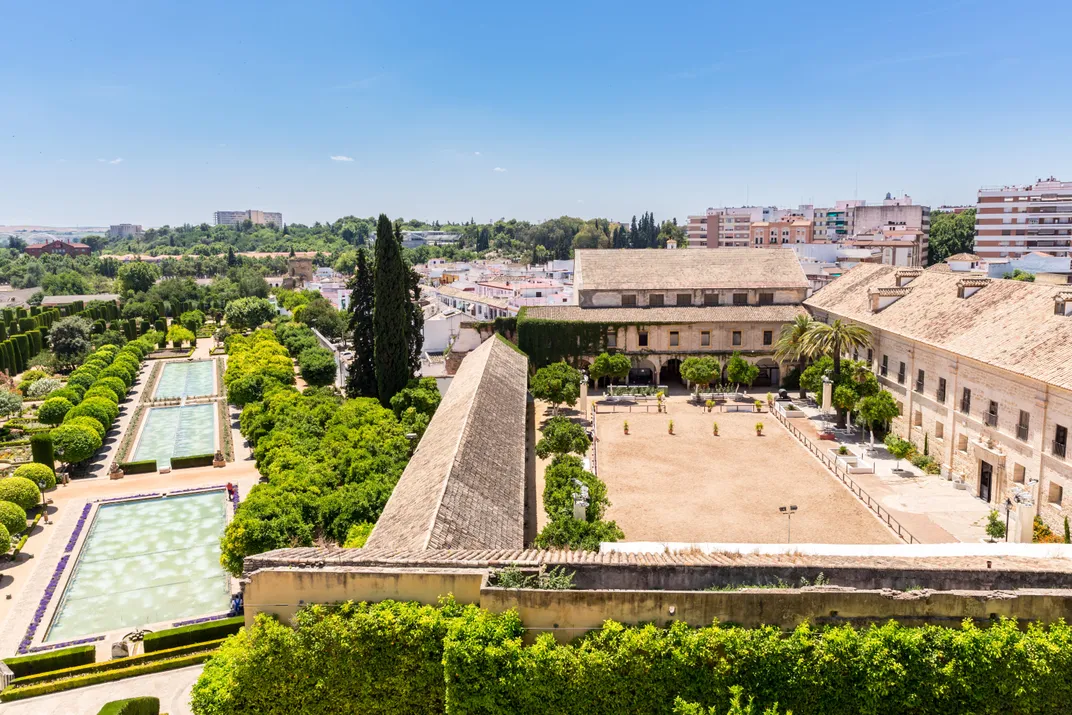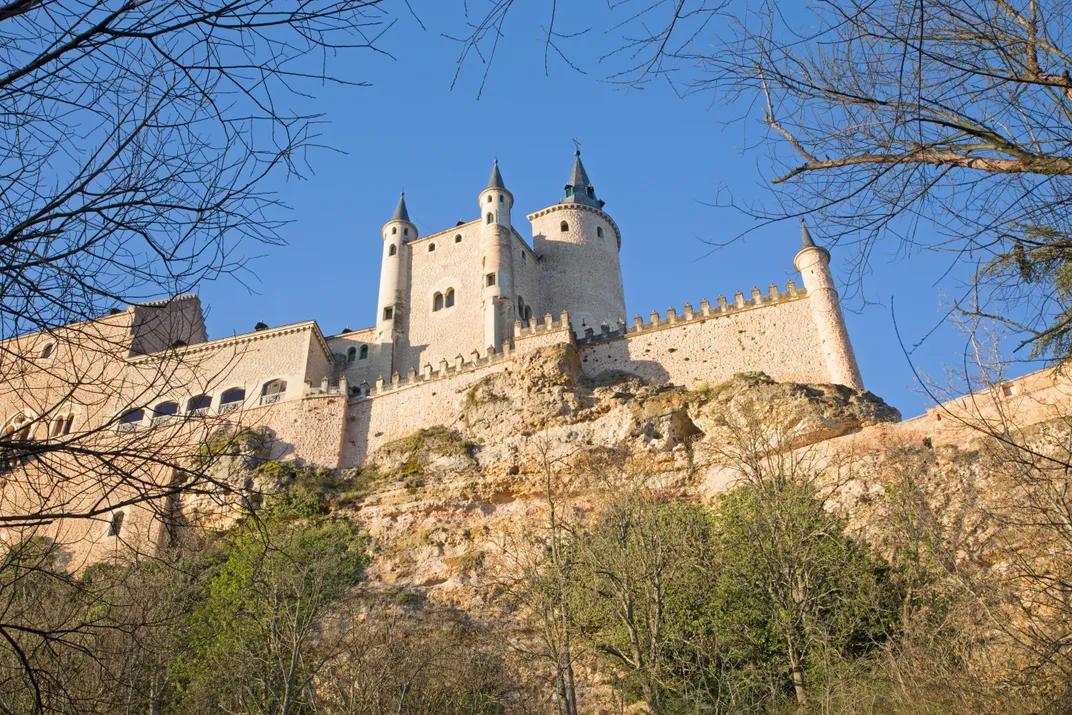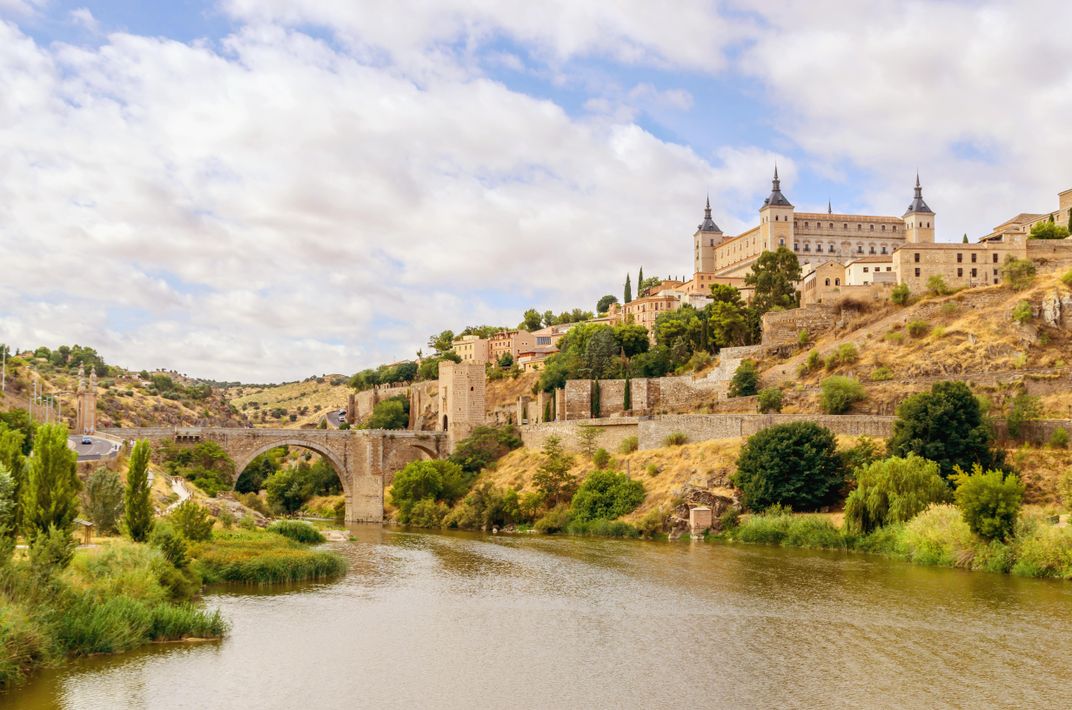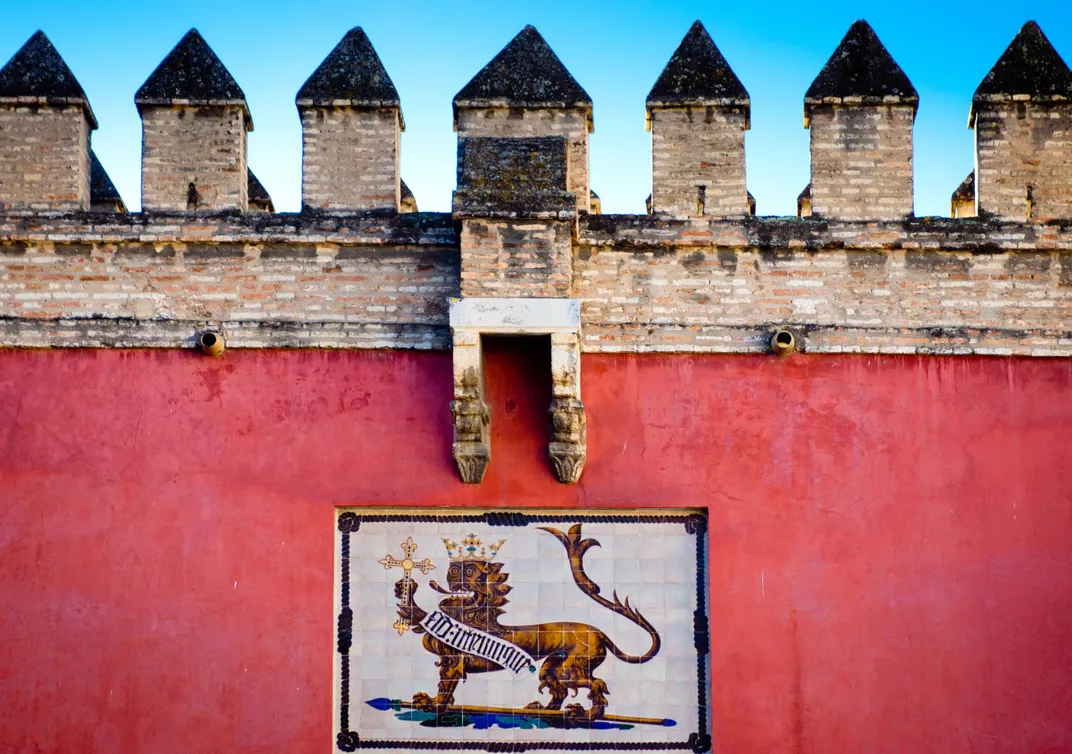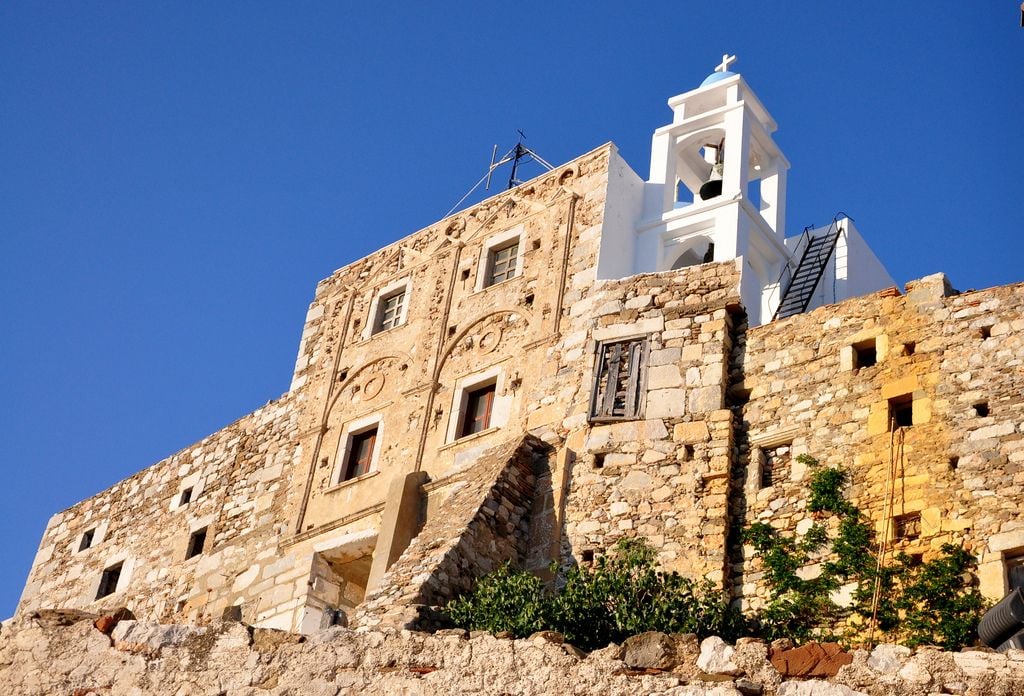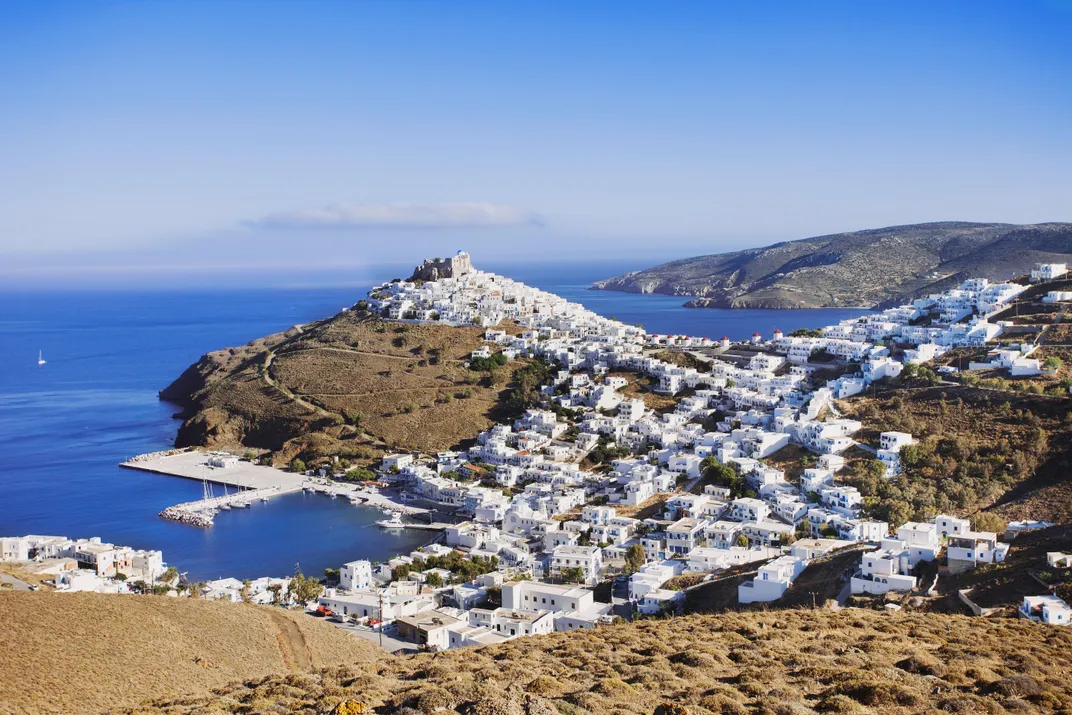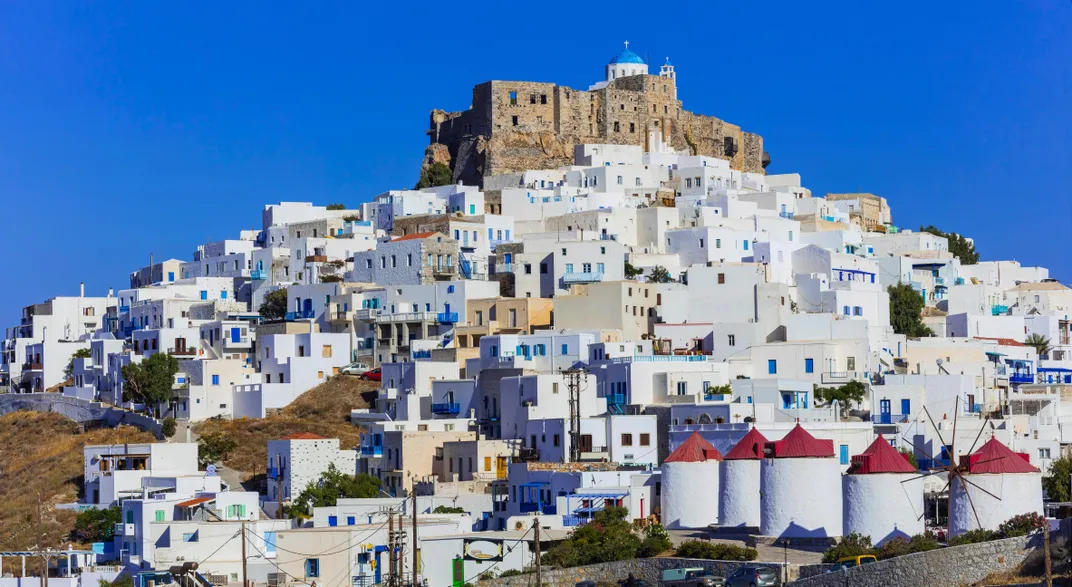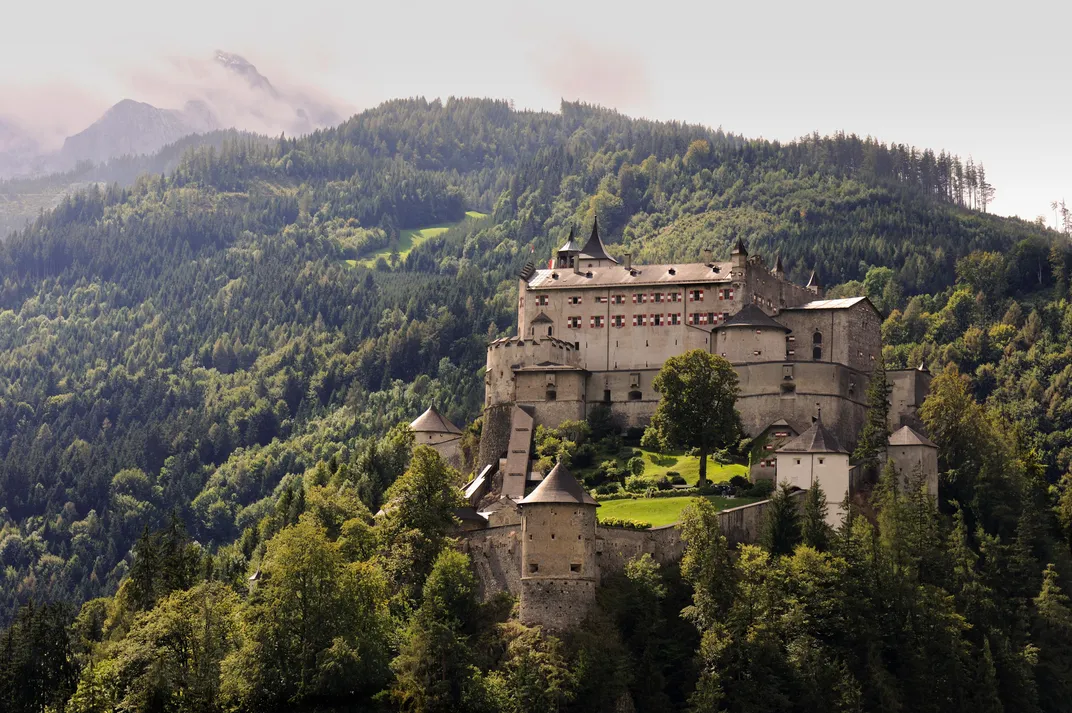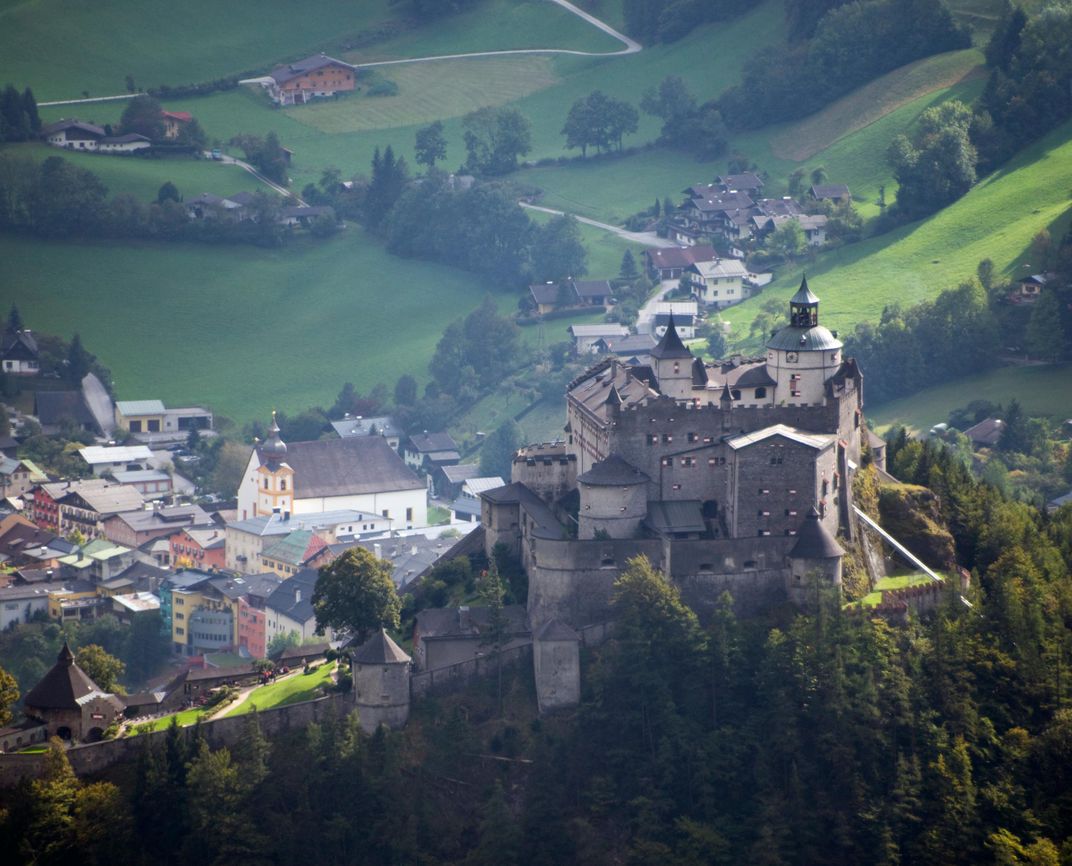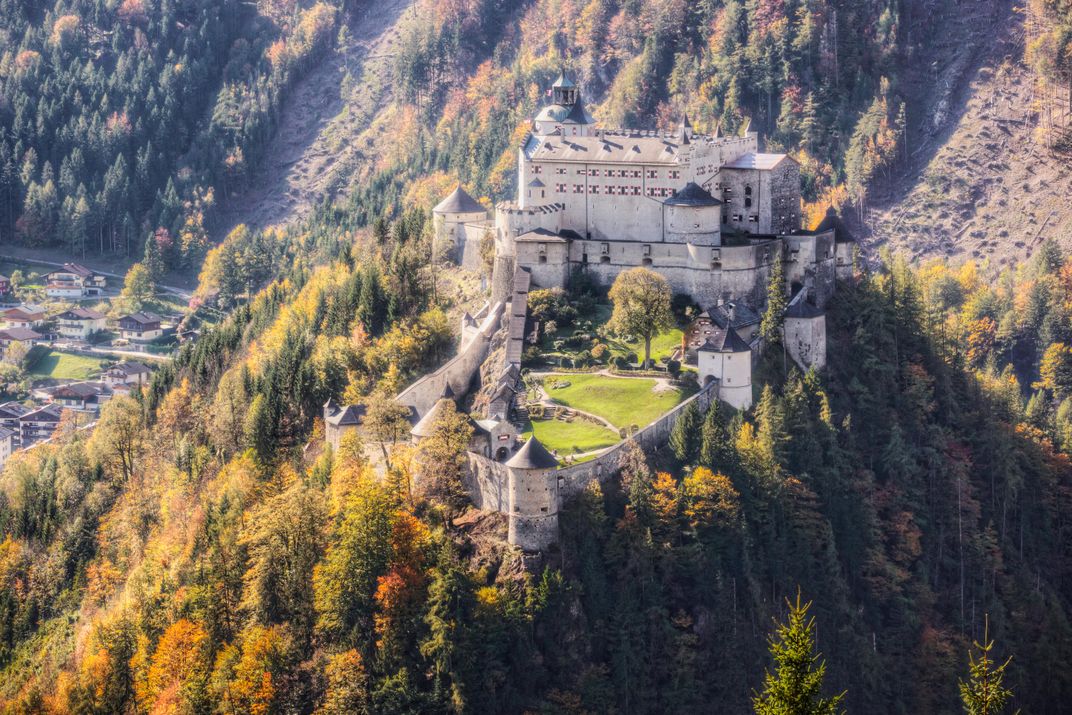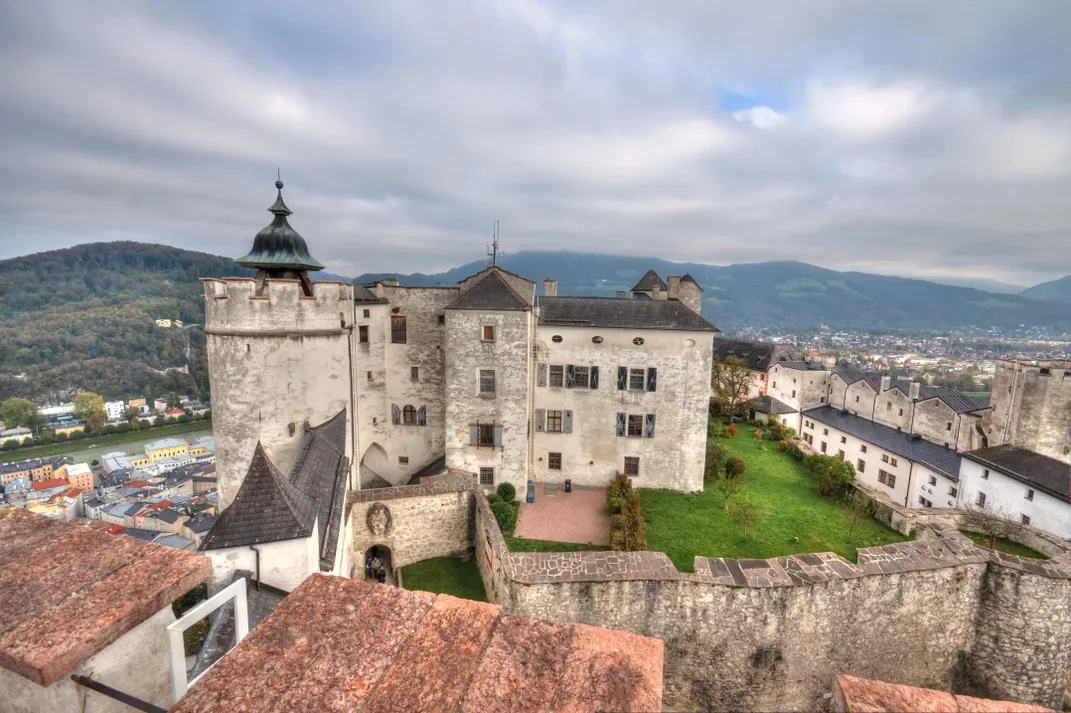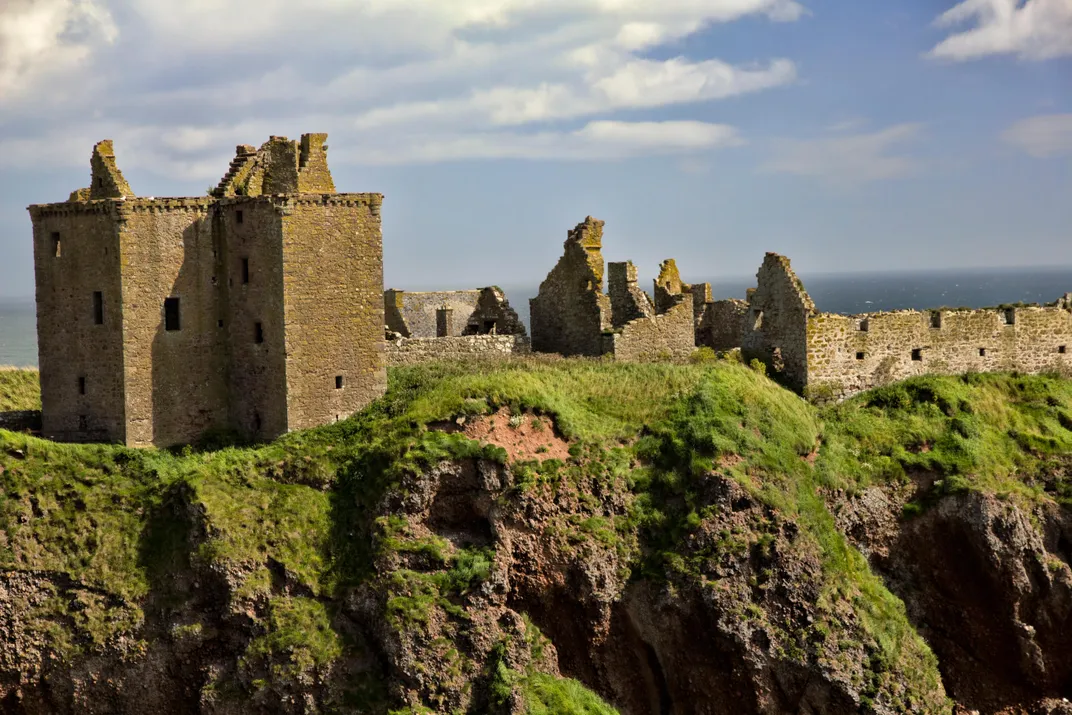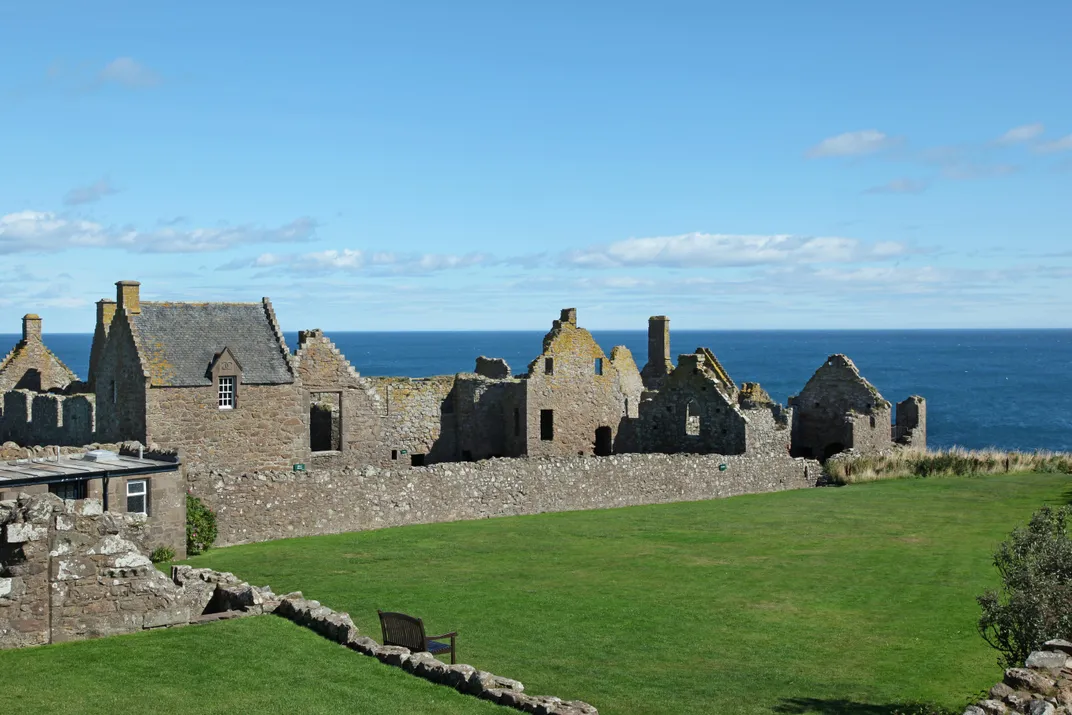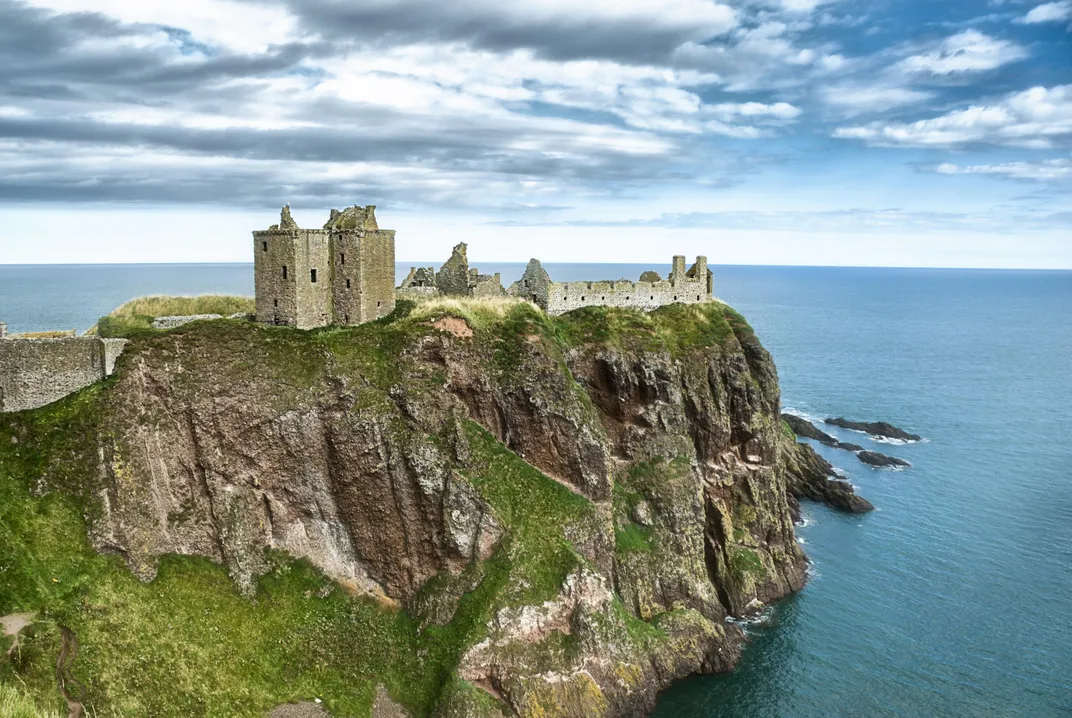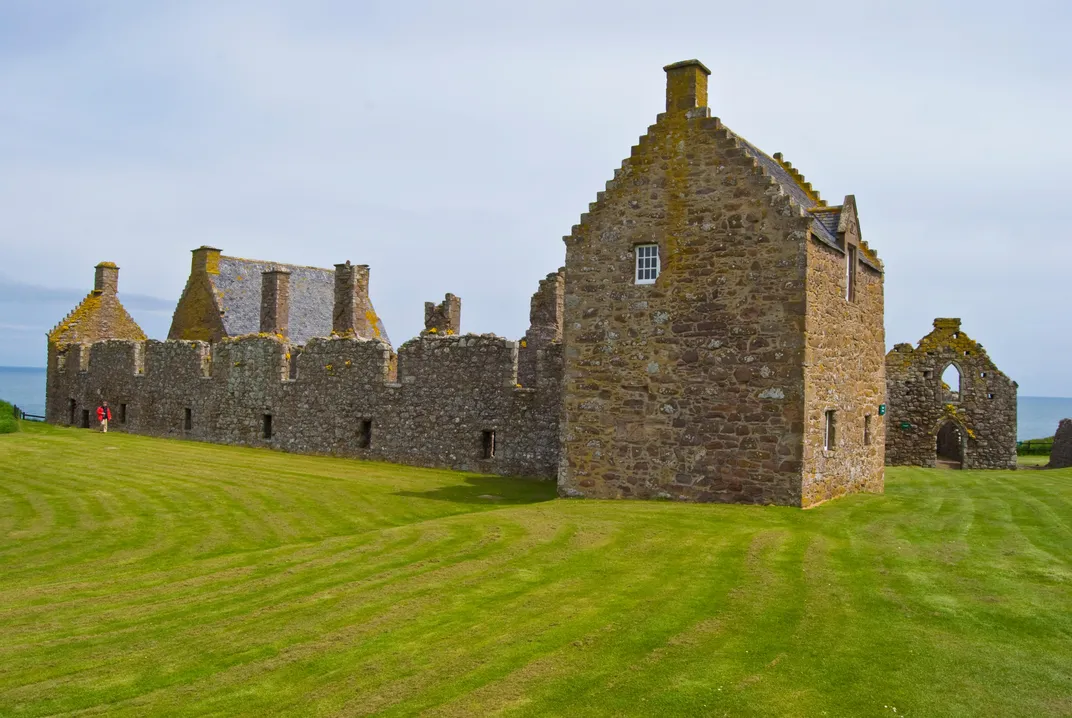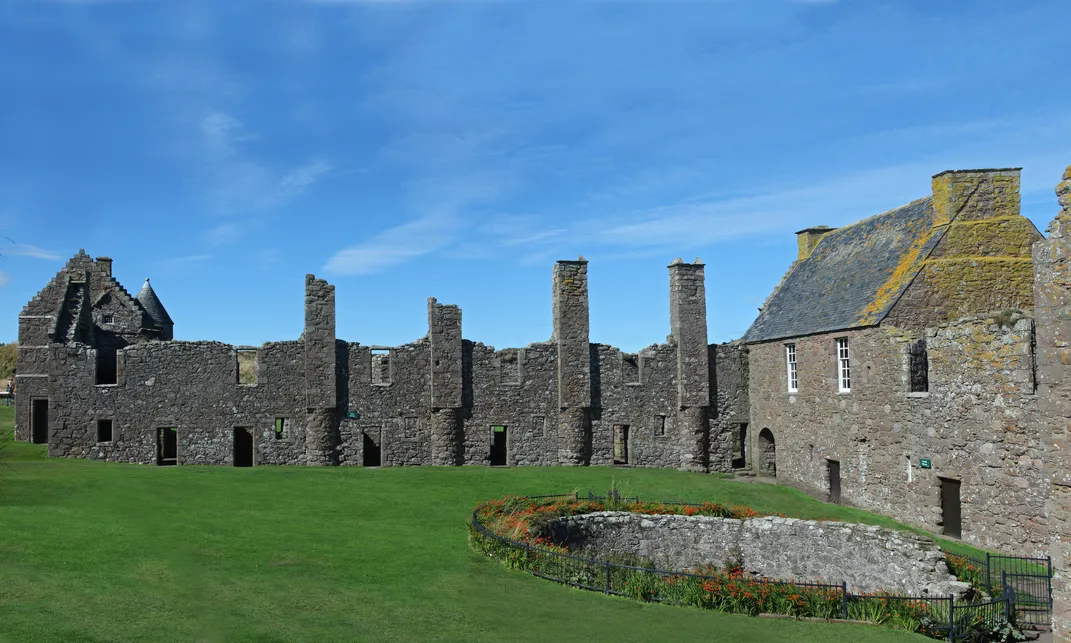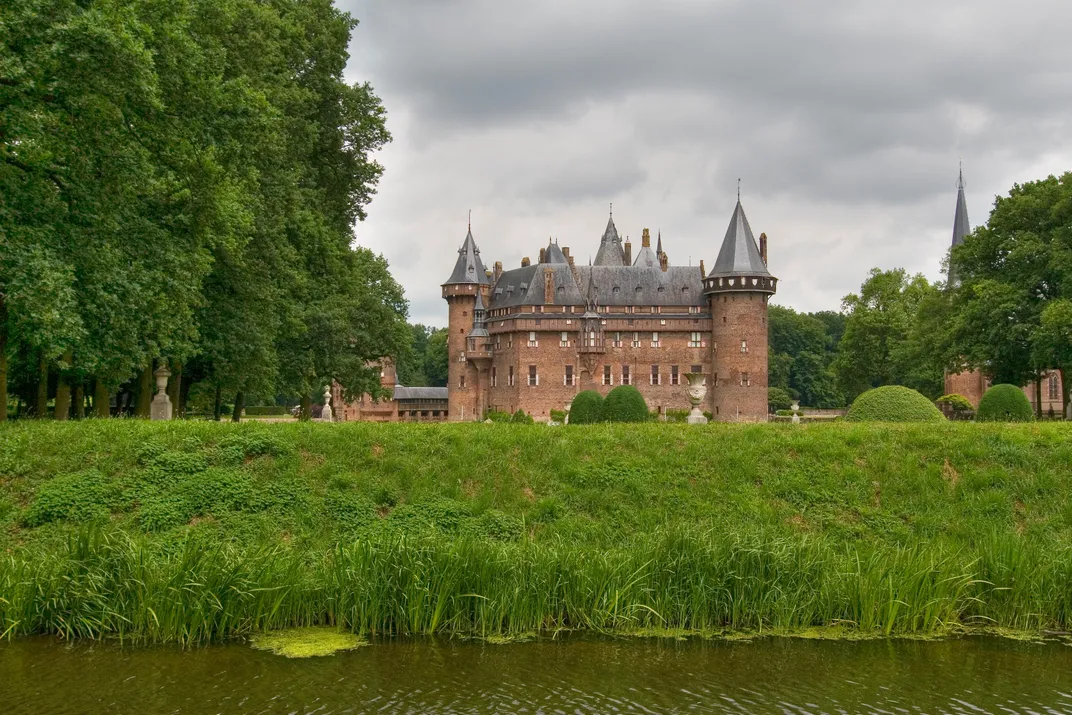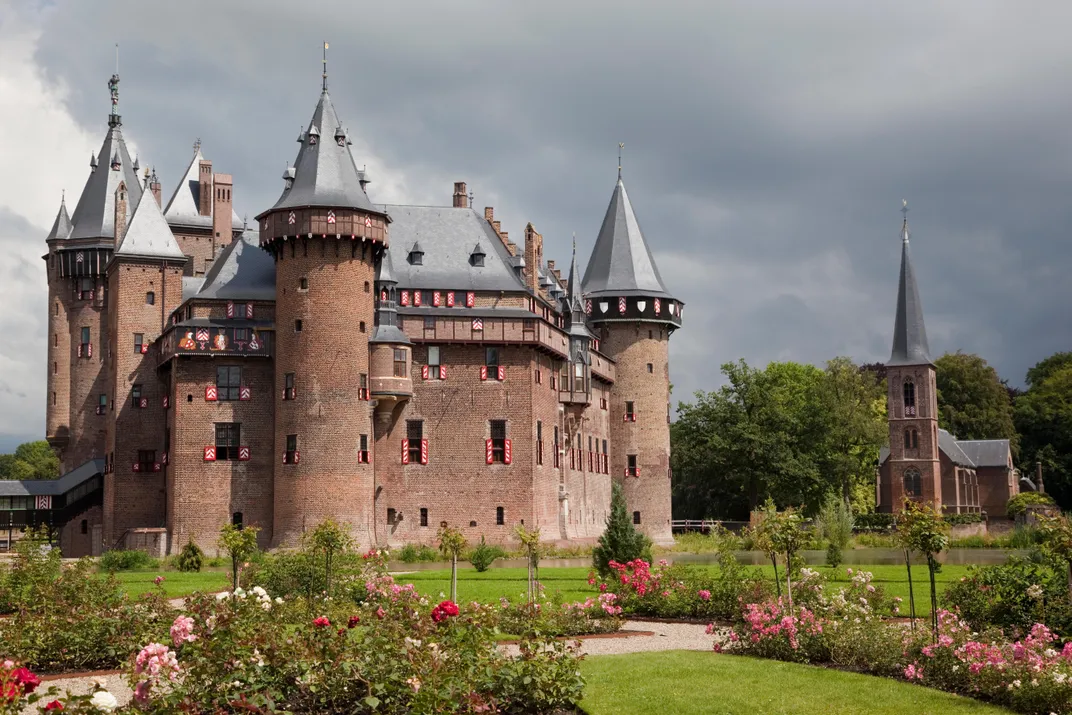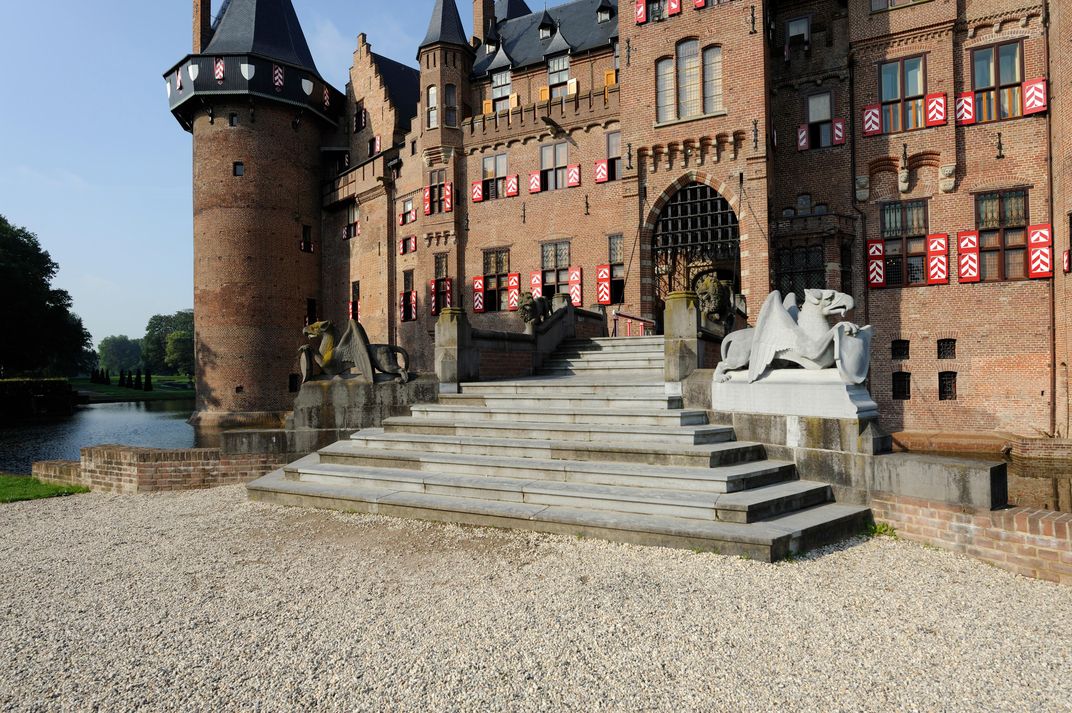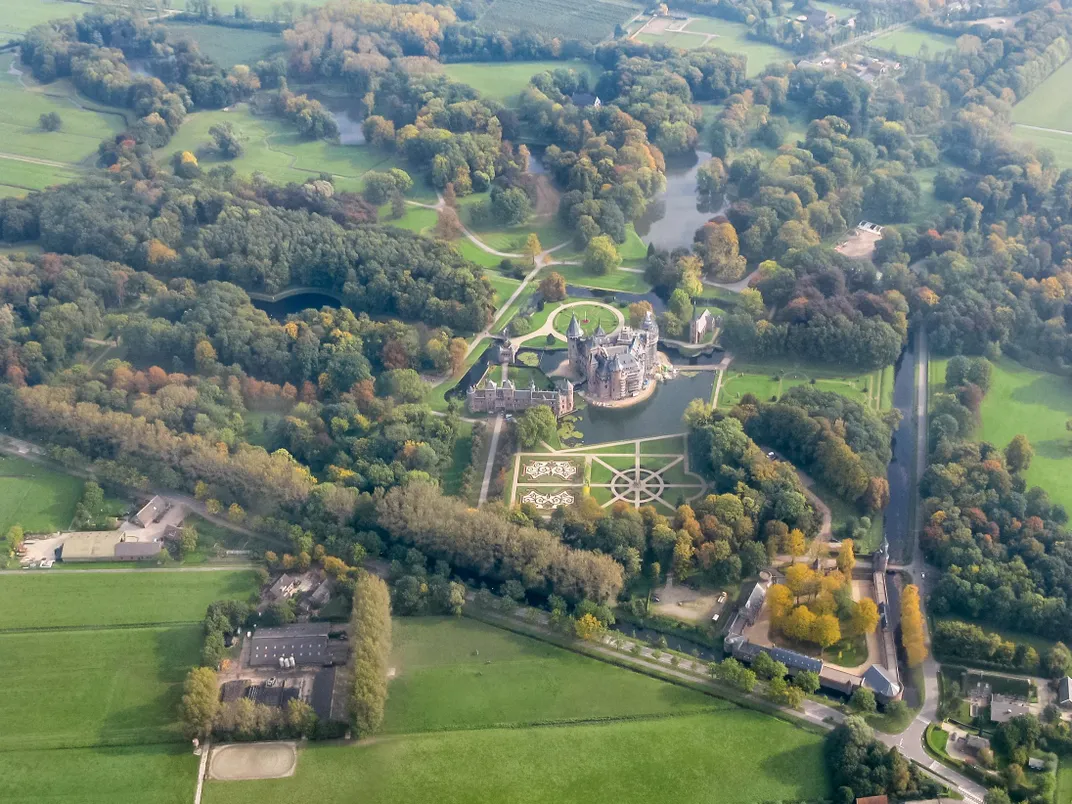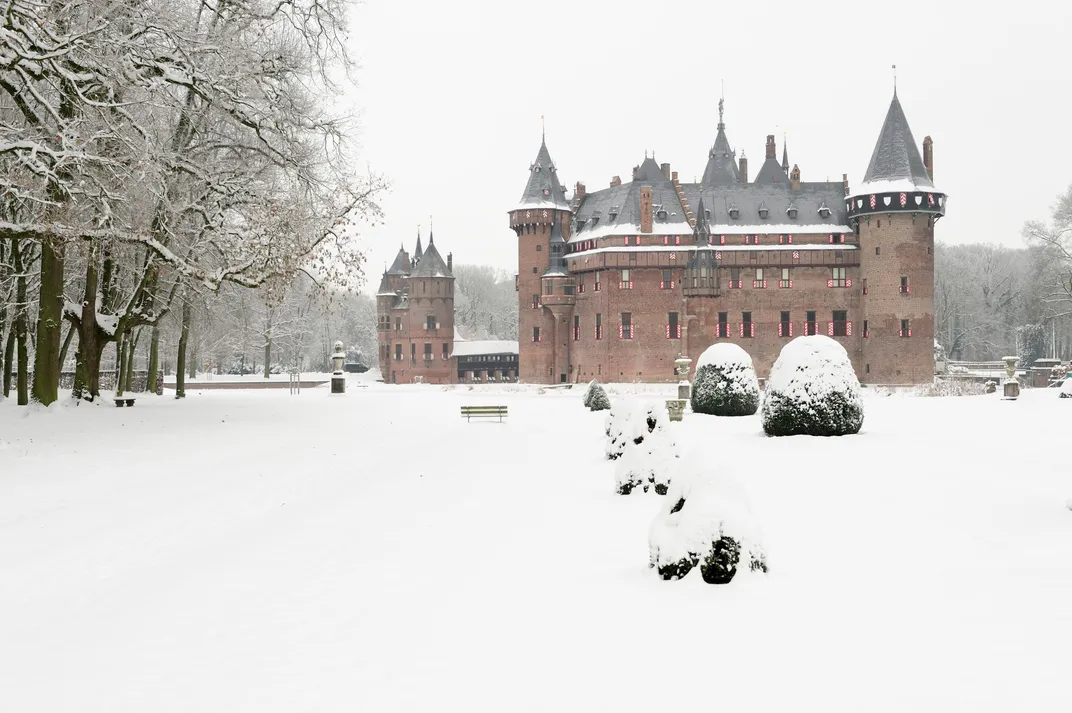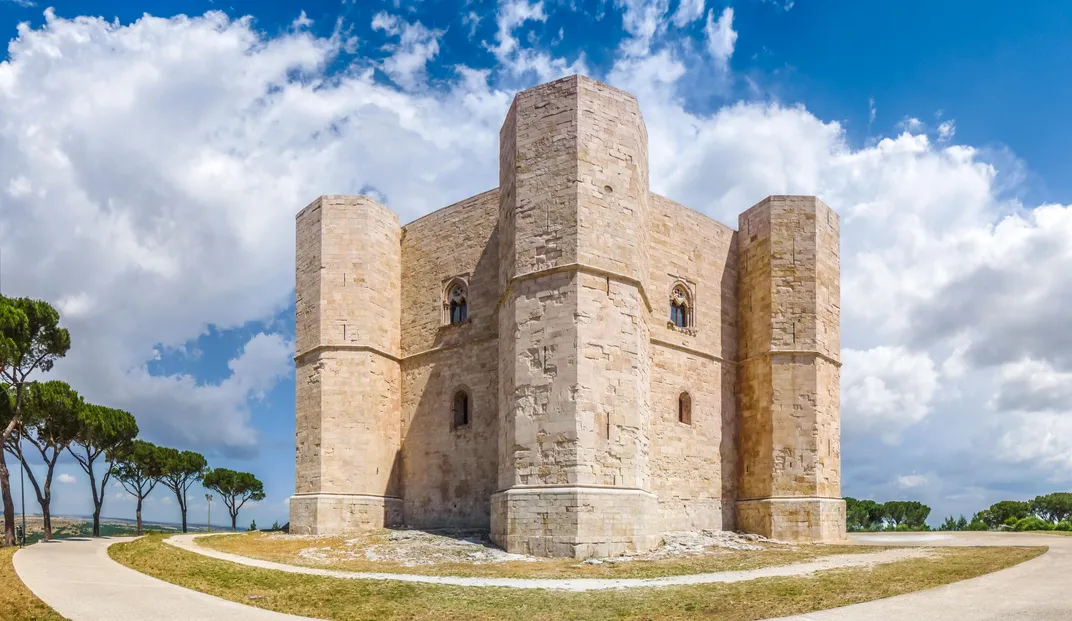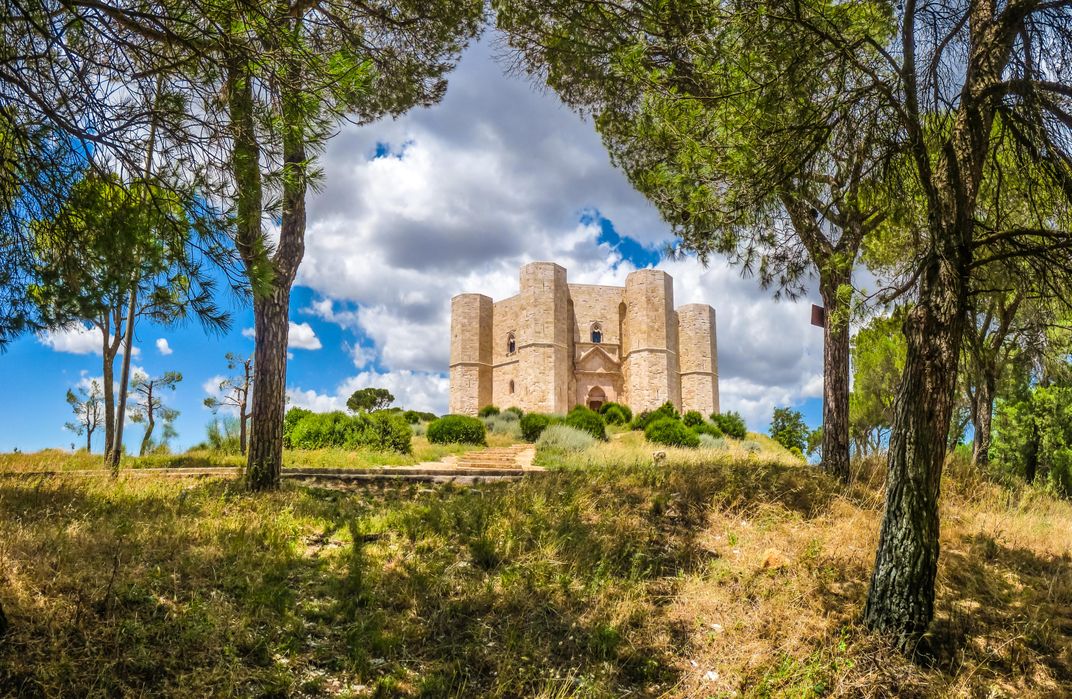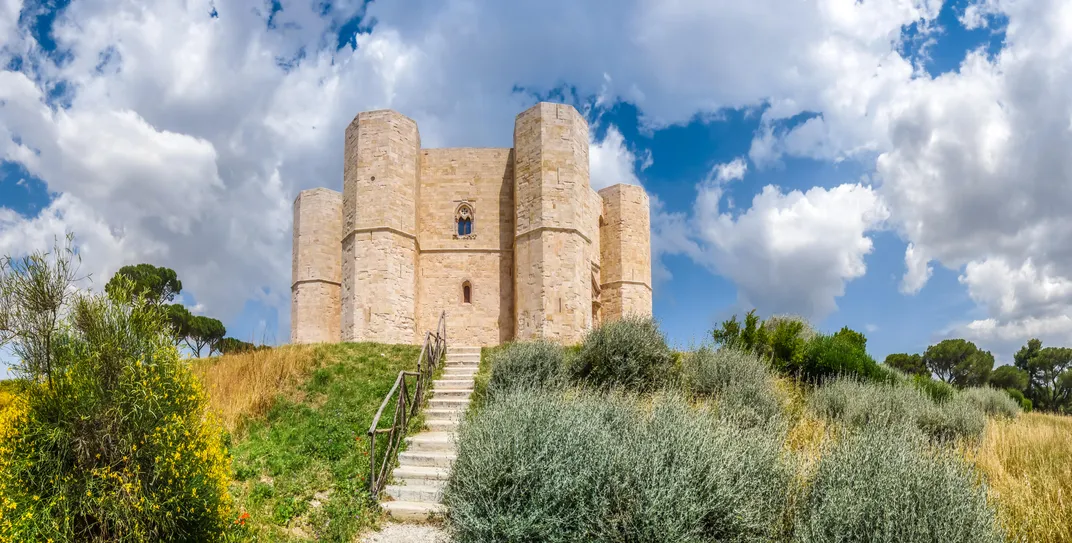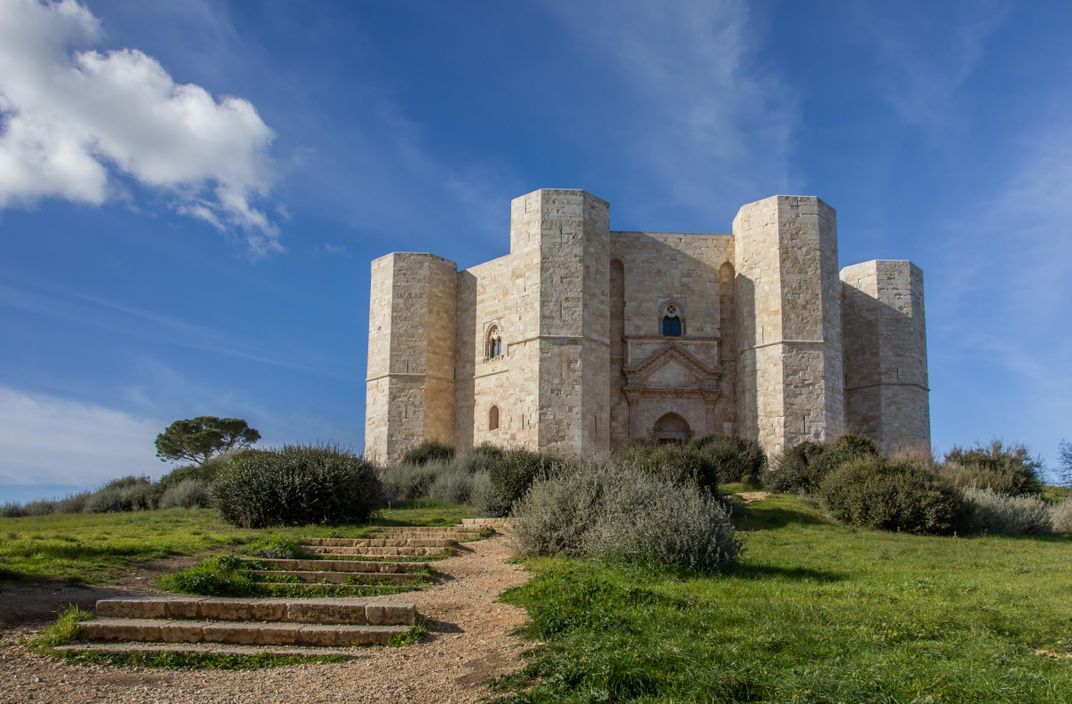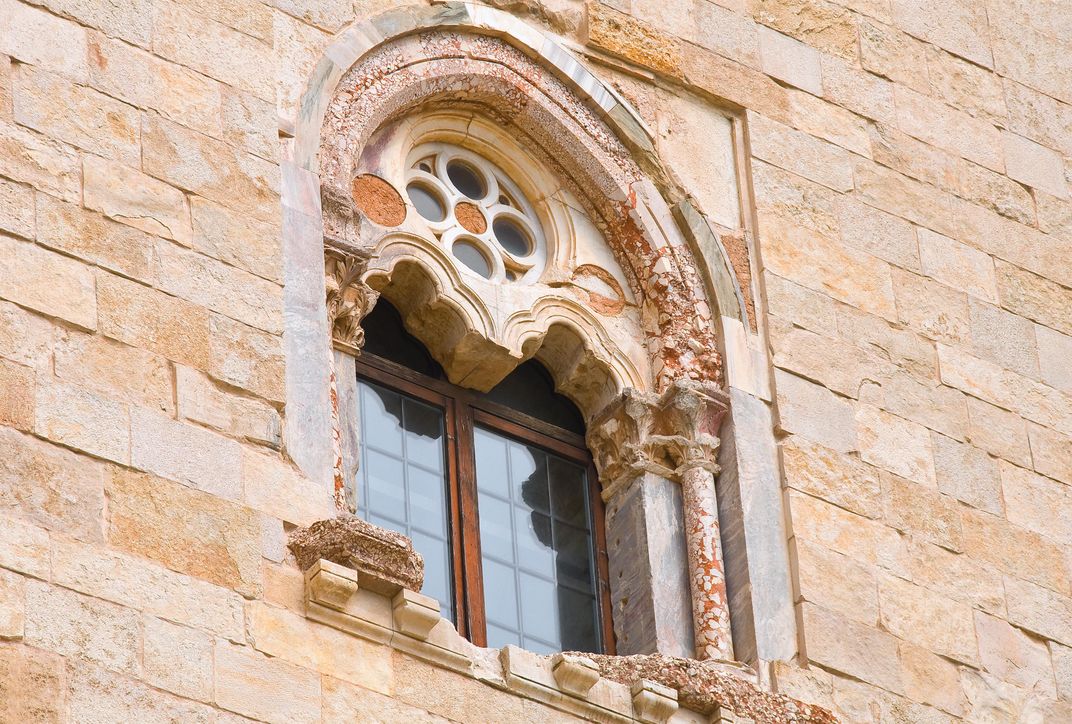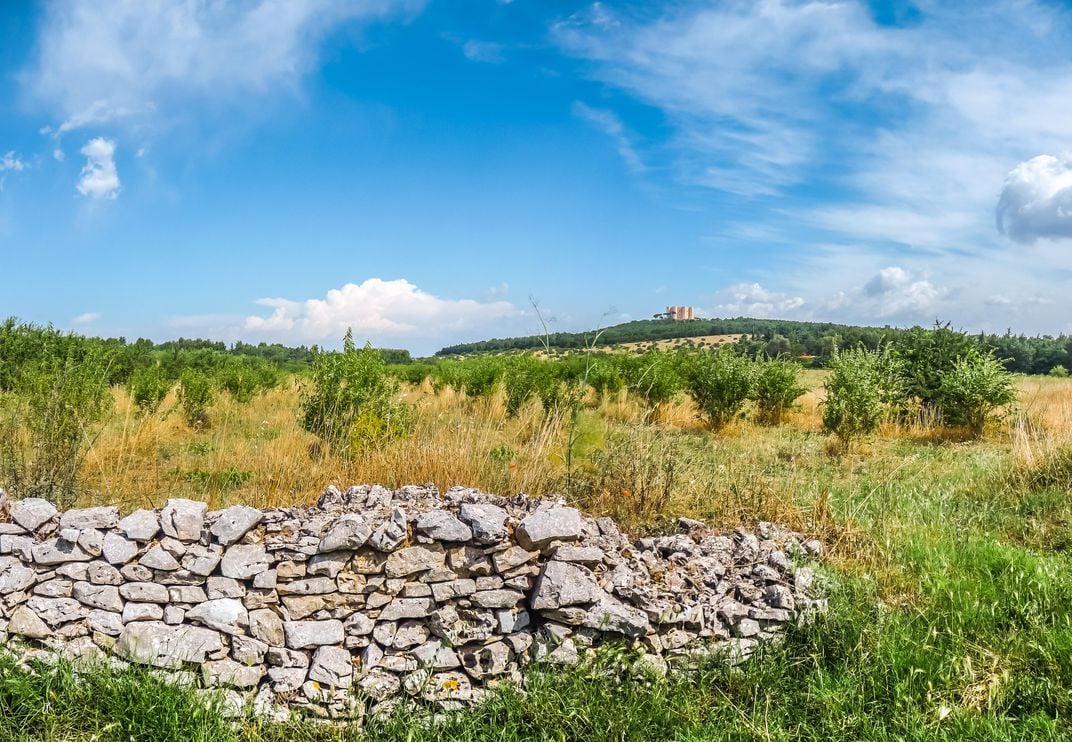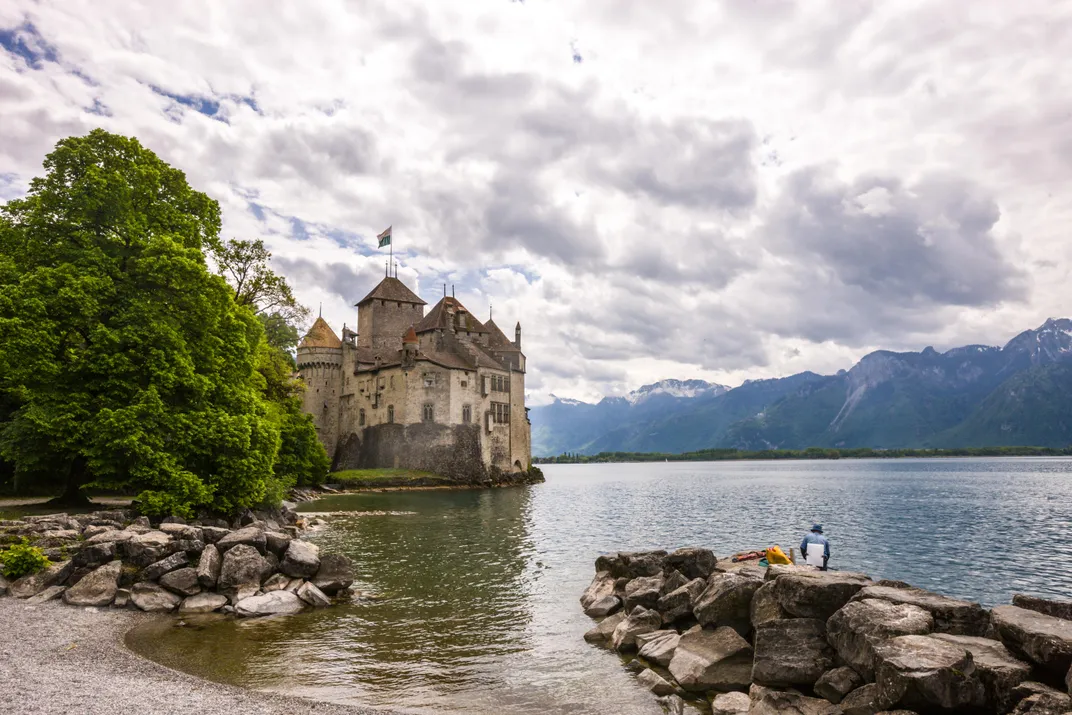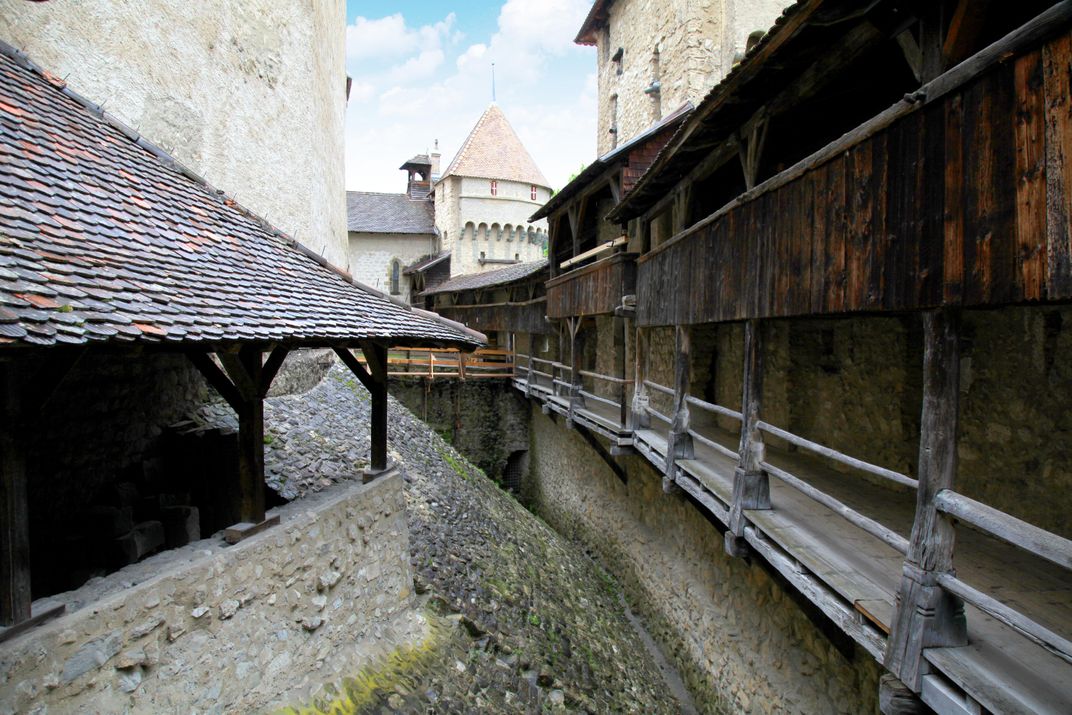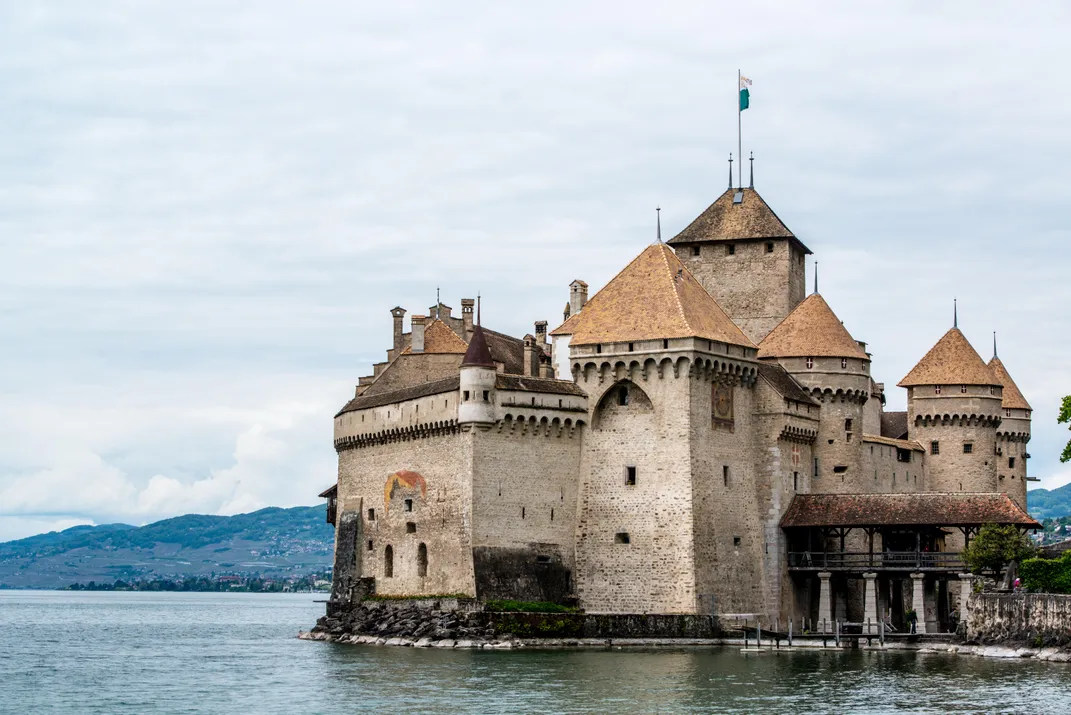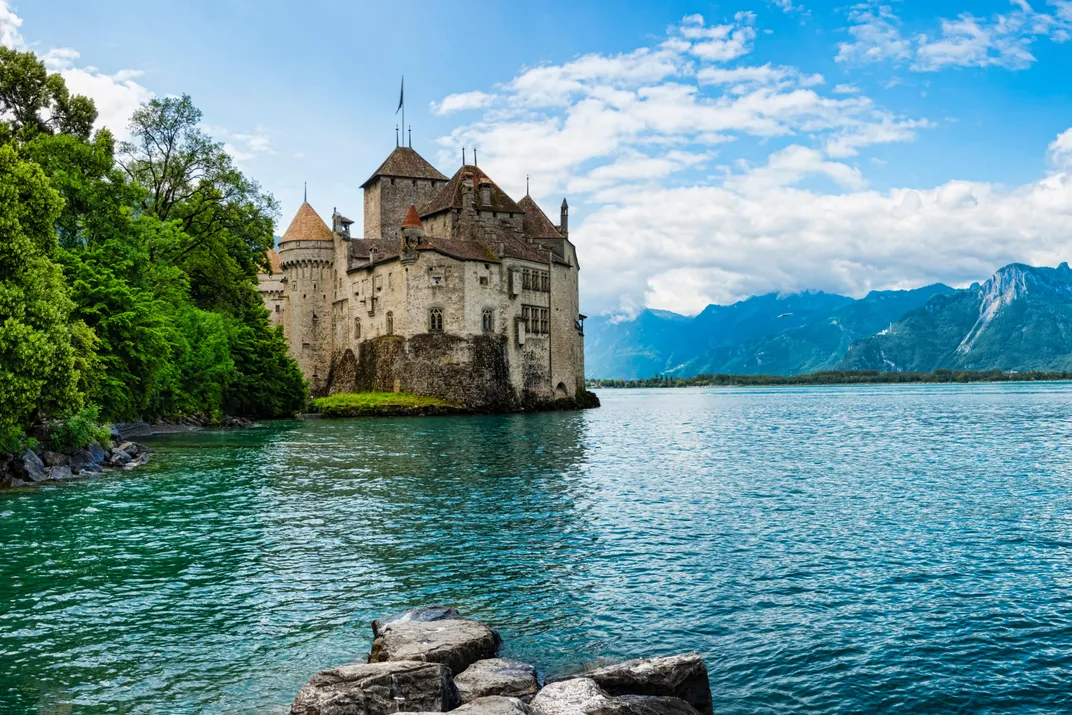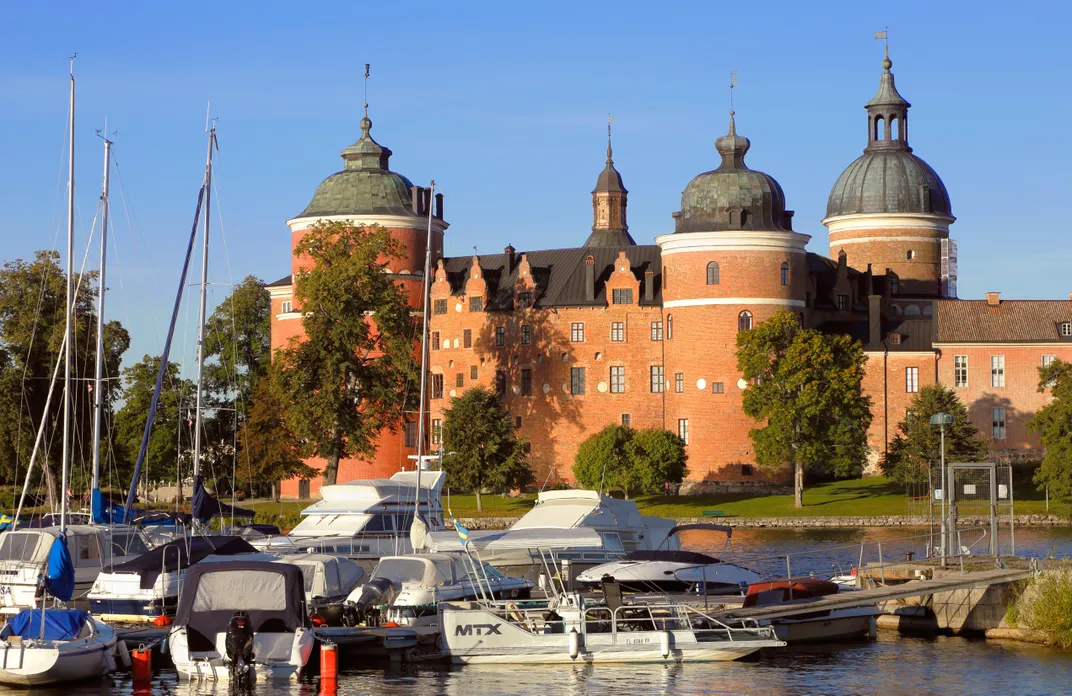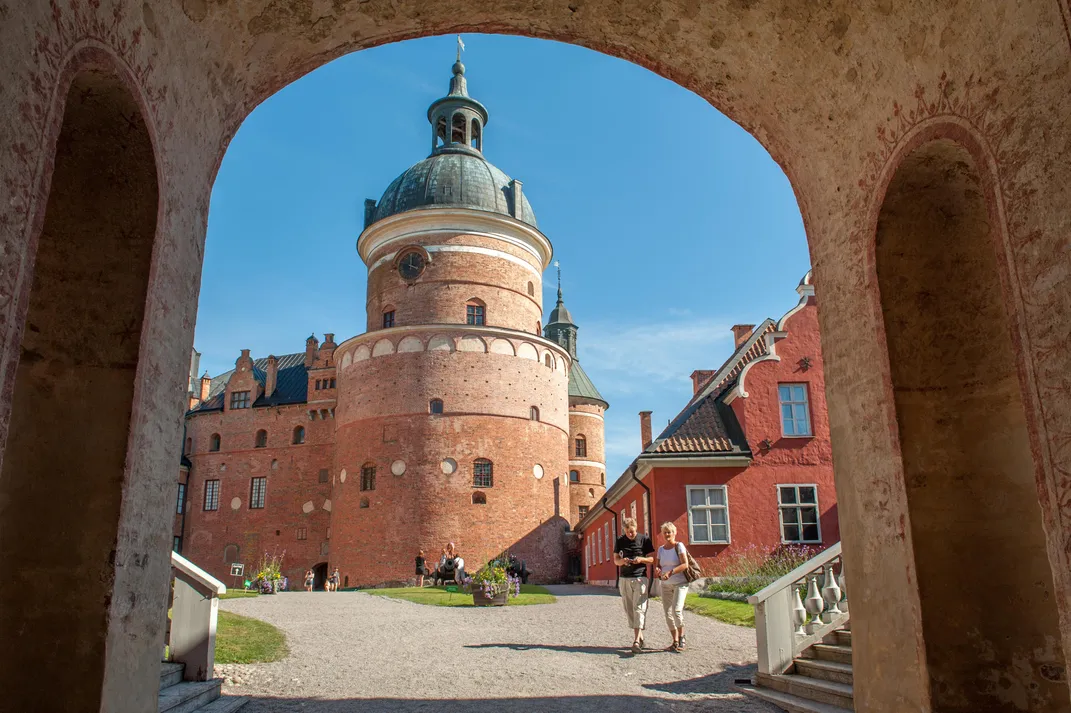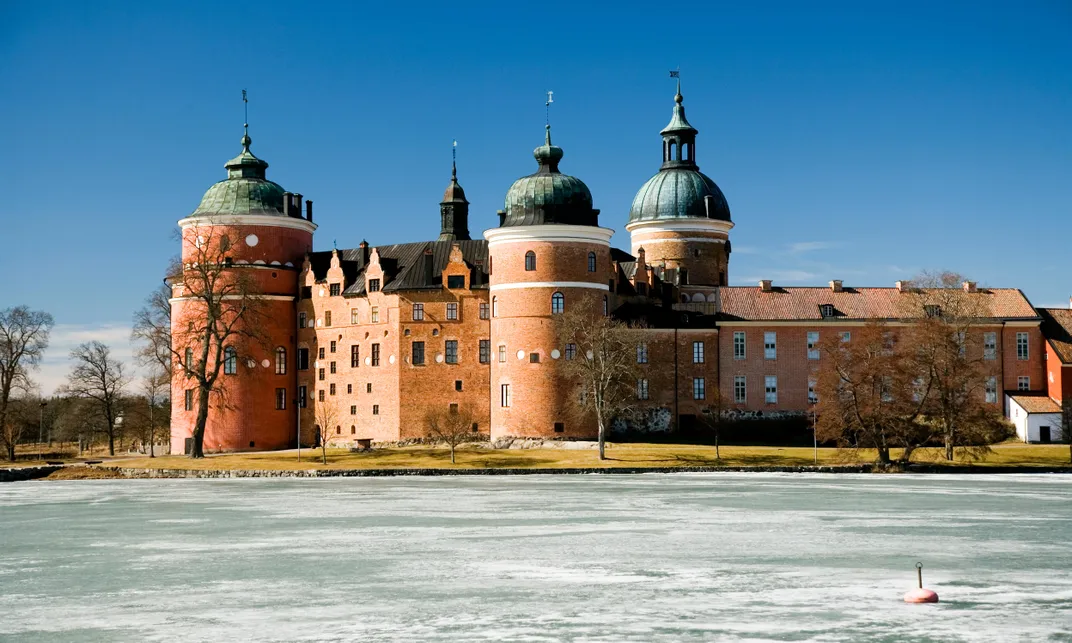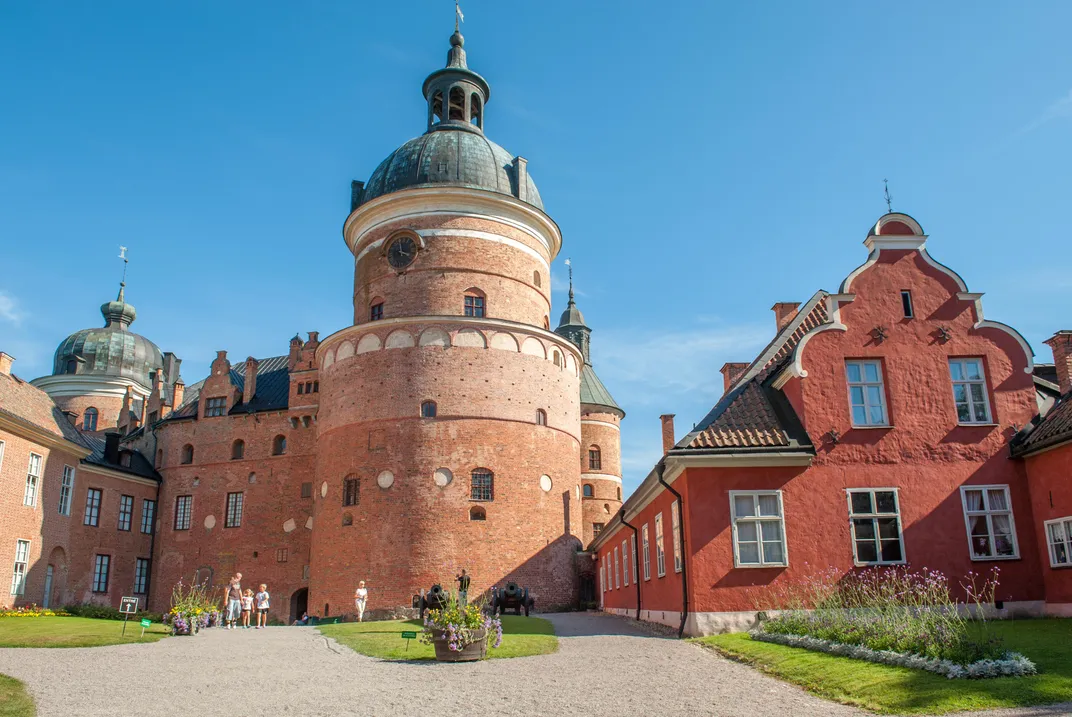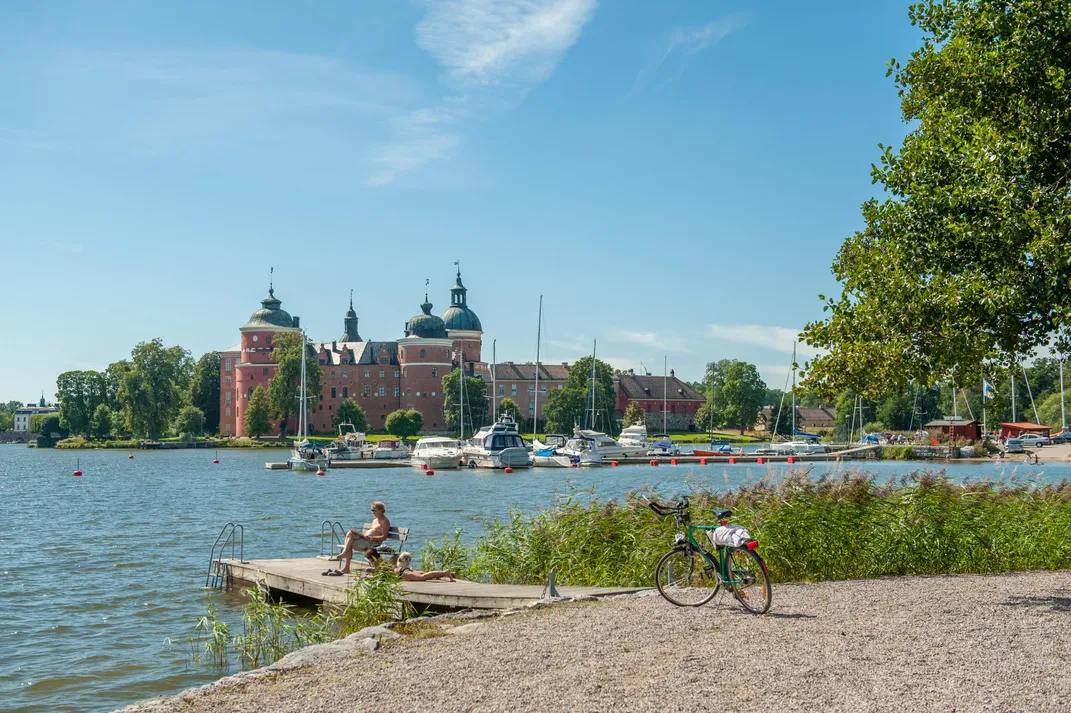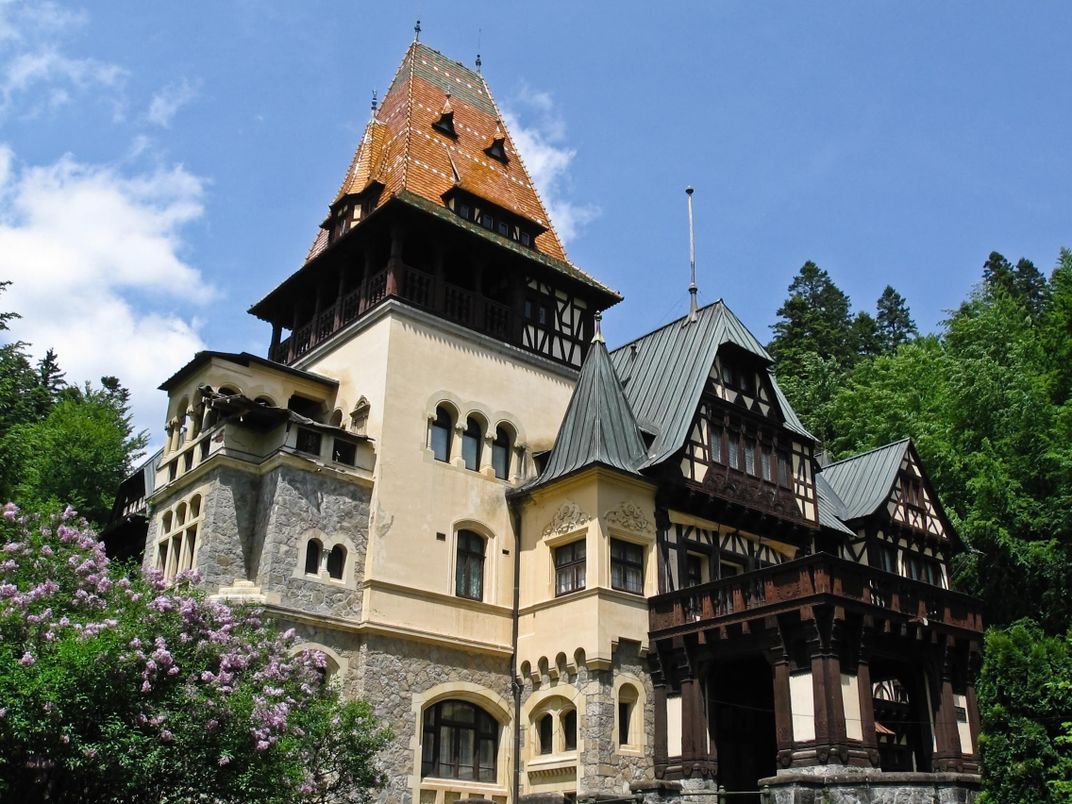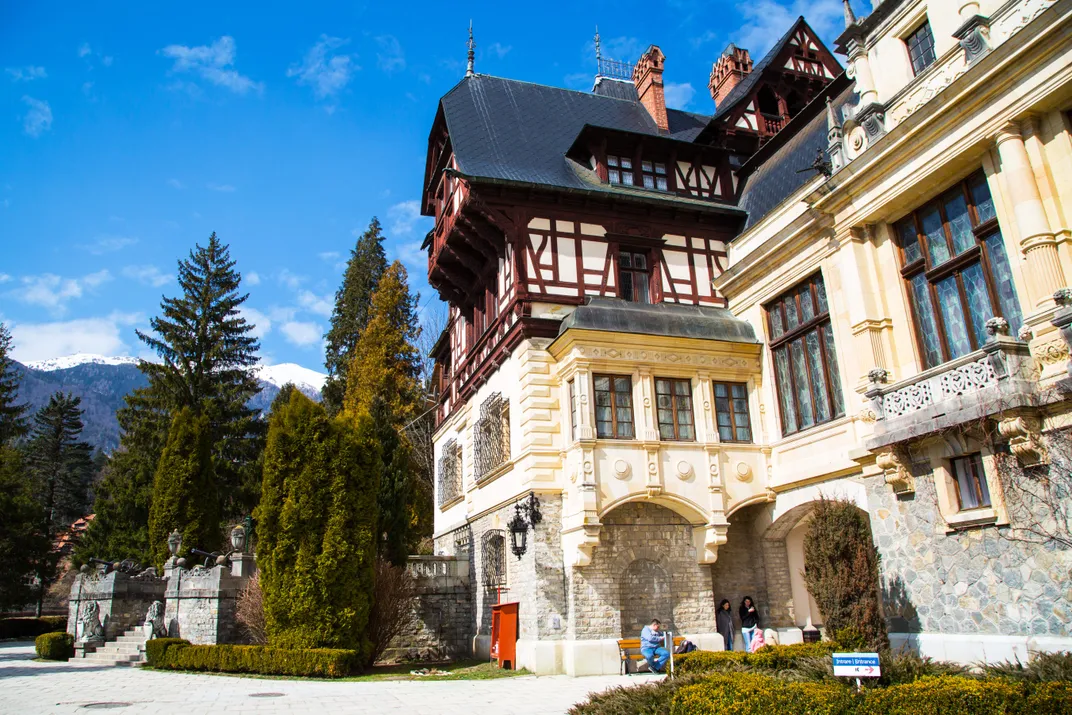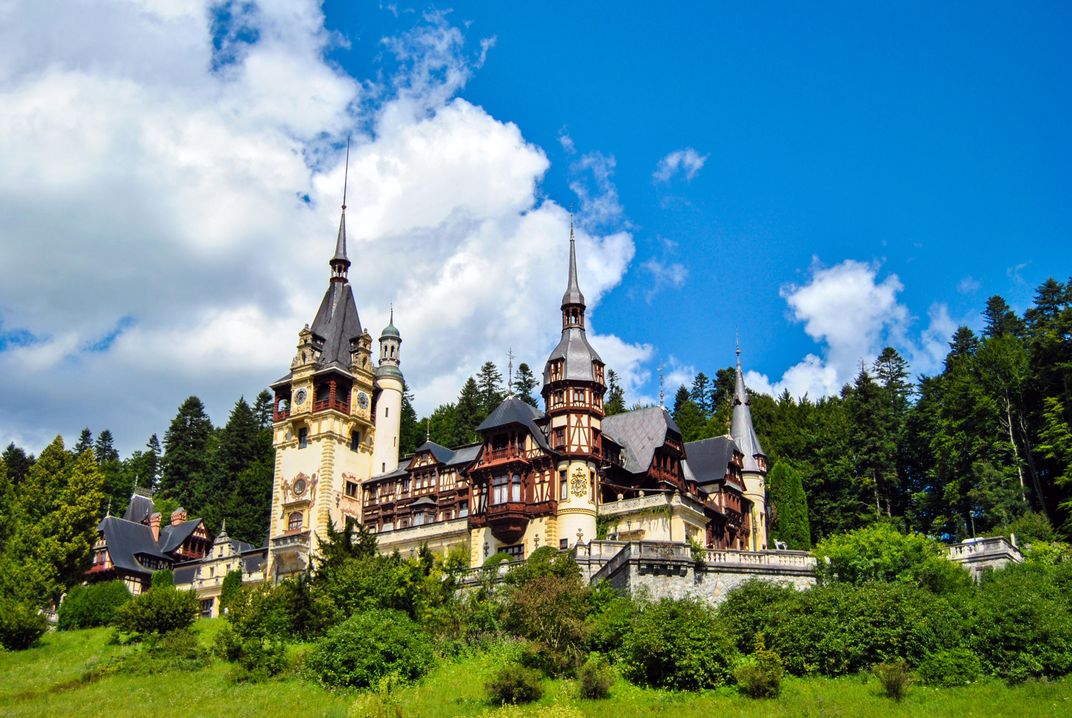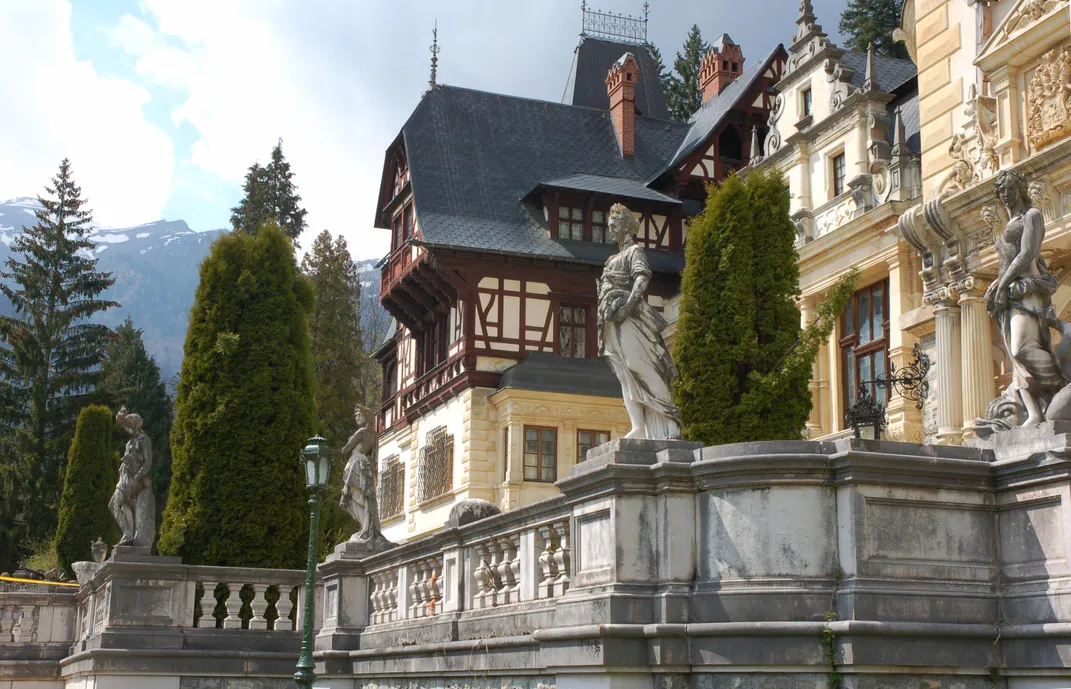These Stunning, Less-Visited Castles in Europe Are Straight Out of a Fairy Tale
Europe’s hidden fortresses are postcard-perfect
/https://tf-cmsv2-smithsonianmag-media.s3.amazonaws.com/filer/af/d1/afd1c2fb-4e31-4477-8595-cda7749fbe93/istock-622198360.jpg)
The castles dotting the European landscape are each worthy of their very own fairytale. These magnificent structures have survived wars, fires, dozens of generations and stood the test of time.
From the Greek Islands to the rocky cliffs of Scotland, each castle brings with it hundreds of years of human history, and perhaps a ghost story or two. And while most are built with brick and stone, their individual stories are all unique and intriguing for visitors from the world over to enjoy.
Step back in time by visiting any one of these romantic homes to feel like a royal, even just for a day. Here are 10 lesser-known castles scattered throughout Europe that belong on every traveler’s itinerary.
The Palace of Pena, Sintra, Portugal
The colorful castle sits high in the hills above the town of Sintra, Portugal. Built in 1854, the castle is still often used by the President of the Portuguese Republic and other government officials. The castle is also surrounded by a vast forest with plants from around the world, just the way King Ferdinand II wanted it.
The Alcazar, Segovia, Spain
The Alcázar of Segovia, located 53 miles northwest of Madrid, was originally built as a fortress on a hillside between two rivers, but also served as a royal palace, a state prison, and a military academy. Though the true age of the castle is unknown, the earliest documentation of the Alcázar dates back to the early 12th century. Visitors are encouraged to take advantage of the “Tower of Juan,” where they can take in breathtaking views of the community below.
Castle of Astypalaia, Chora, Greece
The Venetian Castle of Querini in Chora, Greece sits atop the entire community, with its black stone exterior starkly contrasting to the traditionally whitewashed Greek town. The castle, originally constructed by John Querini in 1204 as a shelter against pirates, now invites travellers the world over to come and spend a little time. All you need to do is hike to the top of the mini-mountain it calls home first.
Hohenwerfen Castle, Werfen, Austria
Hohenwerfen Castle in Austria is a stunning structure dating back more than 900 years. The castle will leave many visitors breathless, literally, as it sits more than 2,000 feet above sea level. The fortress is now a museum and offers daily guided tours of its extensive weapons collection, as well as the historical Salzburg Falconry, which has daily flight demonstrations using various birds of prey.
Dunnottar Castle, Stonehaven, Scotland
The clifftop fortress known as Dunnottar Castle is believed to have been first built in Scotland in the Early Middle Ages. Steeped in history, the castle’s remains still include its 14th-century tower house as well as its 16th-century palace and was once home to the Earls Marischal, one of the most powerful families in Scottish history. The castle offers daily tours, though it does operate on a seasonal schedule and closes for inclement weather.
Kasteel de Haar, Utrecht, Netherlands
Though Kasteel de Haar’s foundation dates back to 1391, the site was fully rebuilt in 1892 and now displays all the grandeur of the early 20th century. The interior of the castle is filled with ornate wood carvings, plush furniture, and old porcelain from Japan and China. The castle’s owners, the Van Zuylen van Nijevelt family, continue to reside in the home for one month each year, as they have done for over a century.
Castel del Monte, L'Aquila, Italy
Castel del Monte in Puglia, Italy may look familiar and with good reason: The castle is featured on the backside of the Italian 1 Euro Cent piece. The castle’s construction was completed in 1240 by Fredrick II of Hohenstaufen, whose love of science is clearly evident in the building’s unique octagonal shape. Visitors can explore the castle and its grounds year-round except for Christmas and New Year's day.
Chillon Castle, Veytaux, Switzerland
Chillon Castle is located on the rocky shores of Lake Geneva, near the border of Switzerland and France. The building as it currently stands is the result of hundreds of years of renovations, though the site has been occupied since the Bronze Age. Tourists are welcome to roam the castle and its grounds, but from June to October visitors can also experience something extra special by renting out the small stretch of discreetly hidden beach along Chillon’s shores.
Gripsholm Castle, Mariefred, Sweden
Gripsholm Castle, which sits on the banks of Lake Mälaren, was built in 1537 and maintains all of its old world charm and royal luxury. Visitors of the castle are invited to take a leisurely stroll through the castle grounds, visit the castle’s theater within one of the round towers built in 1780 by King Gustav III, or meet the royal deer at the Hjorthagen nature reserve.
Peles Castle, Sinaia, Romania
Peles Castle is tucked at the base of the Bucegi Mountains in the small town of Sinaia, Romania. Commissioned by King Carol I in 1873 and completed in 1883, the castle’s vibrant and colorful exterior make it the perfect storybook travel destination. Each of its 160 rooms are decorated with European art, German stained-glass windows, and leather walls. Though not as famous as Bran Castle, aka the home of Dracula located 30 miles away, Peles Castle should still be on everyone’s Romanian itinerary.
See more hidden castles on Travel + Leisure.
Other articles from Travel + Leisure:
- The Most Beautiful College Libraries in America
- The Most Colorful Places on Earth
- The Most Naturally Beautiful Countries in the World
Planning Your Next Trip?
Explore great travel deals
Smithsonian magazine participates in affiliate link advertising programs. If you purchase an item through these links, we receive a commission.
